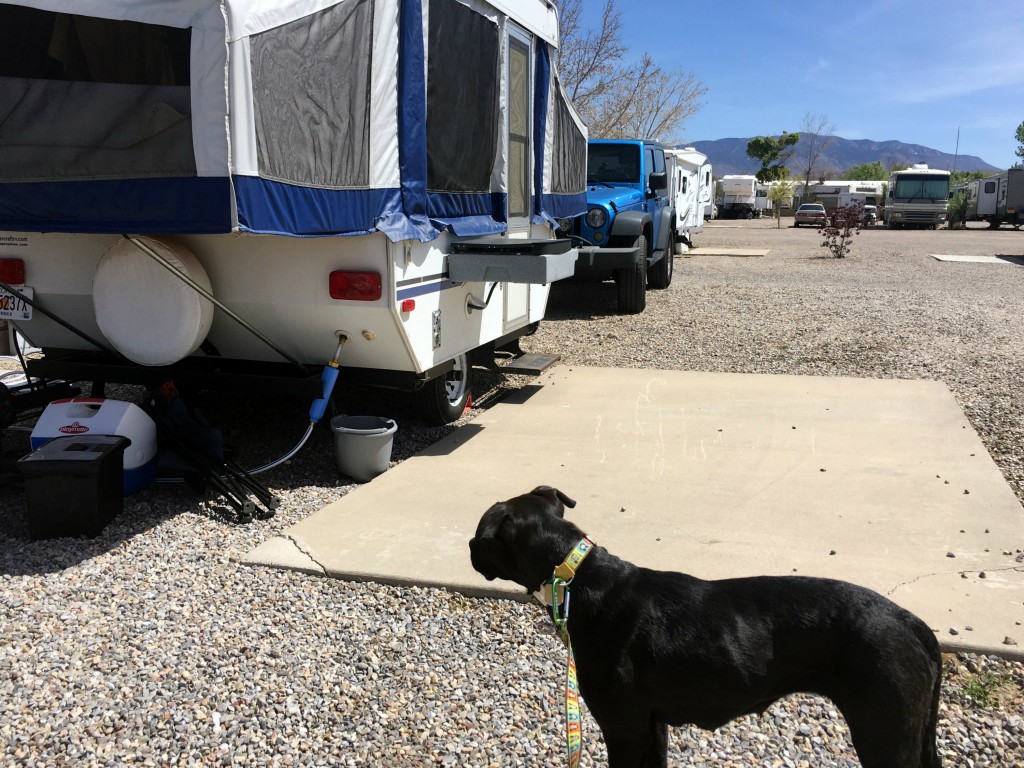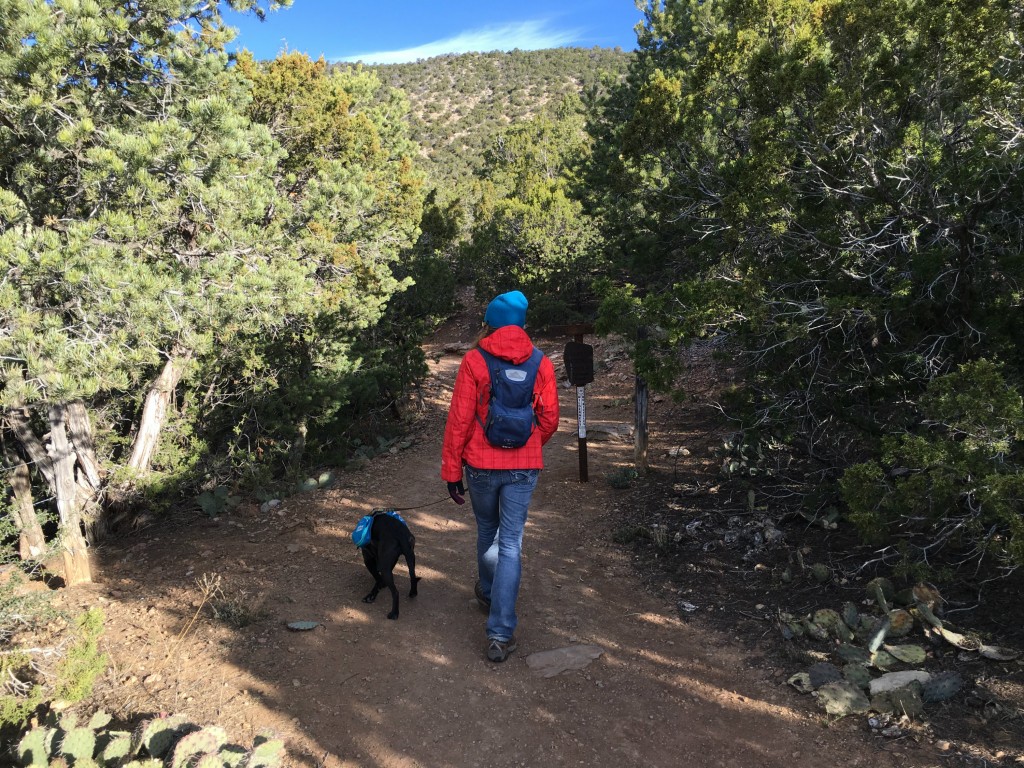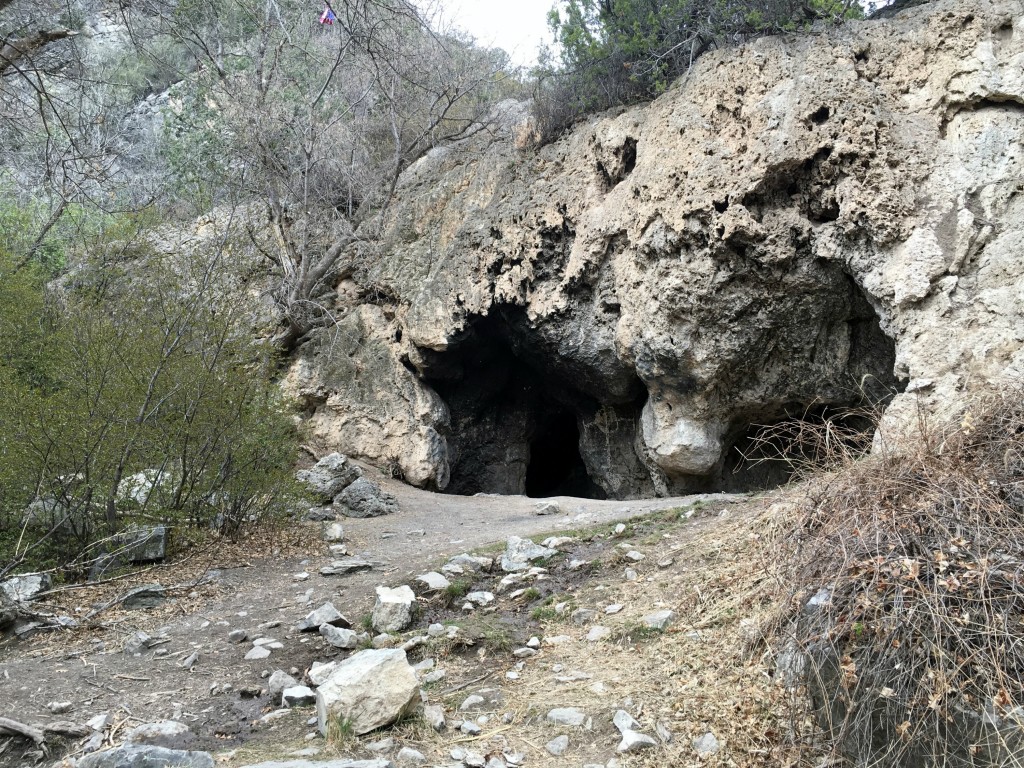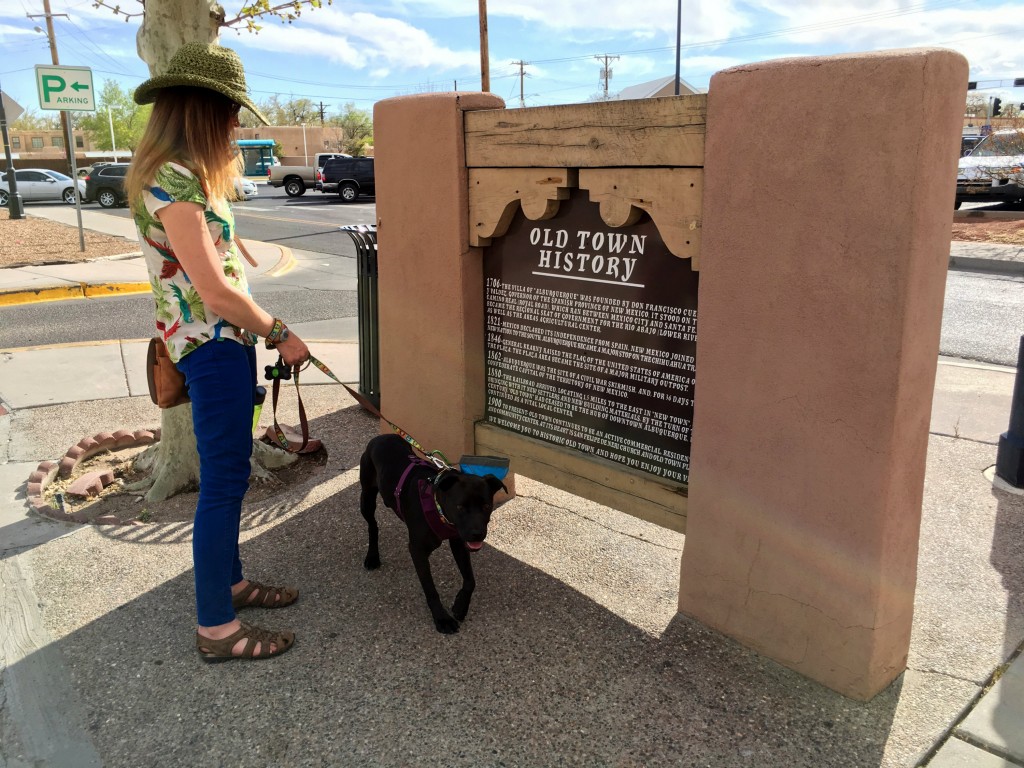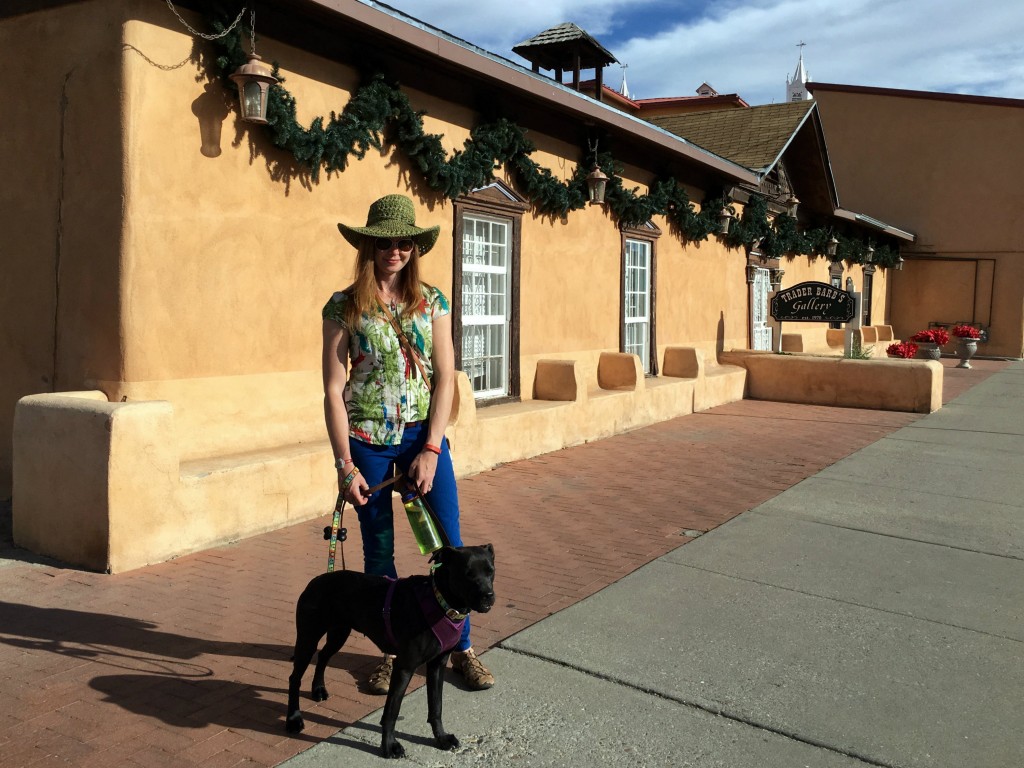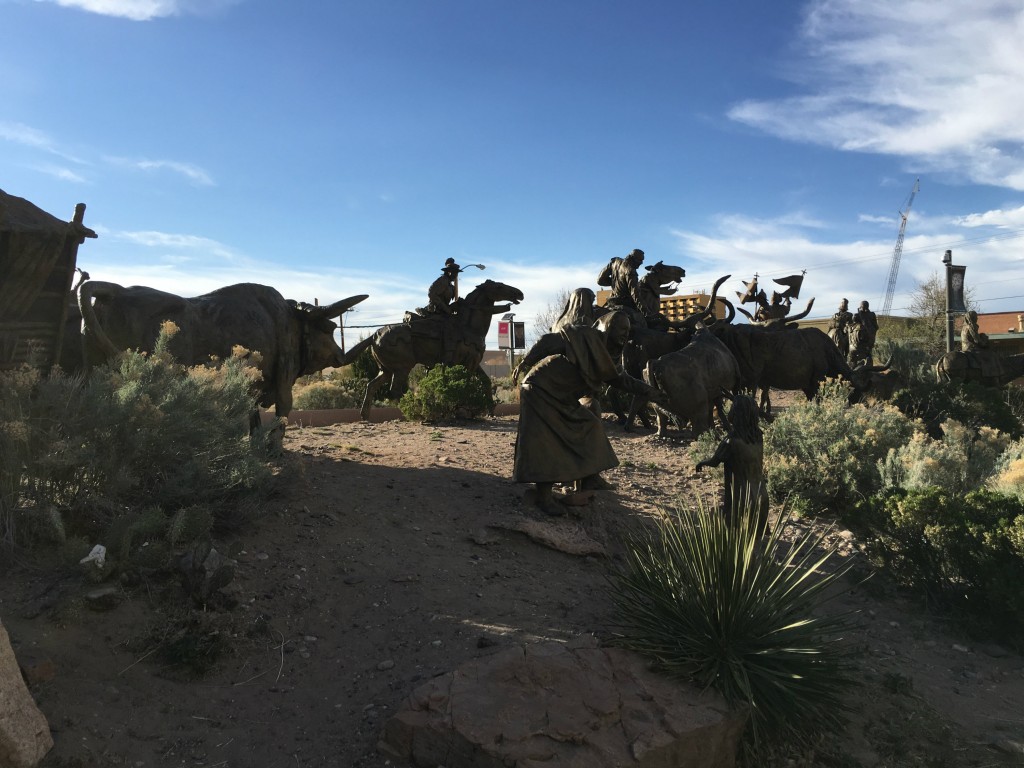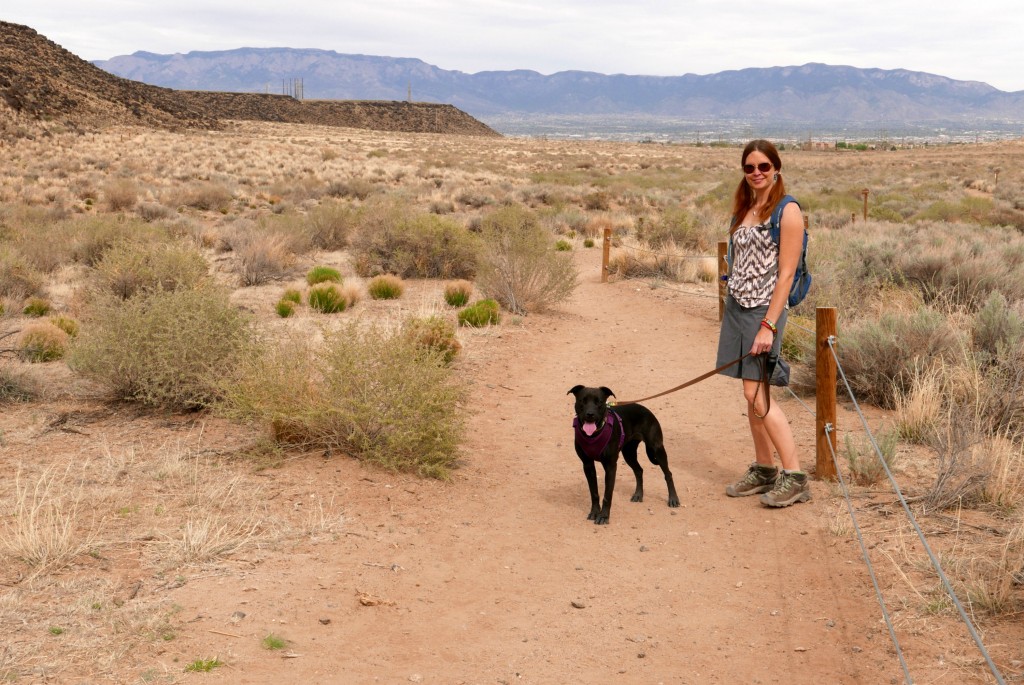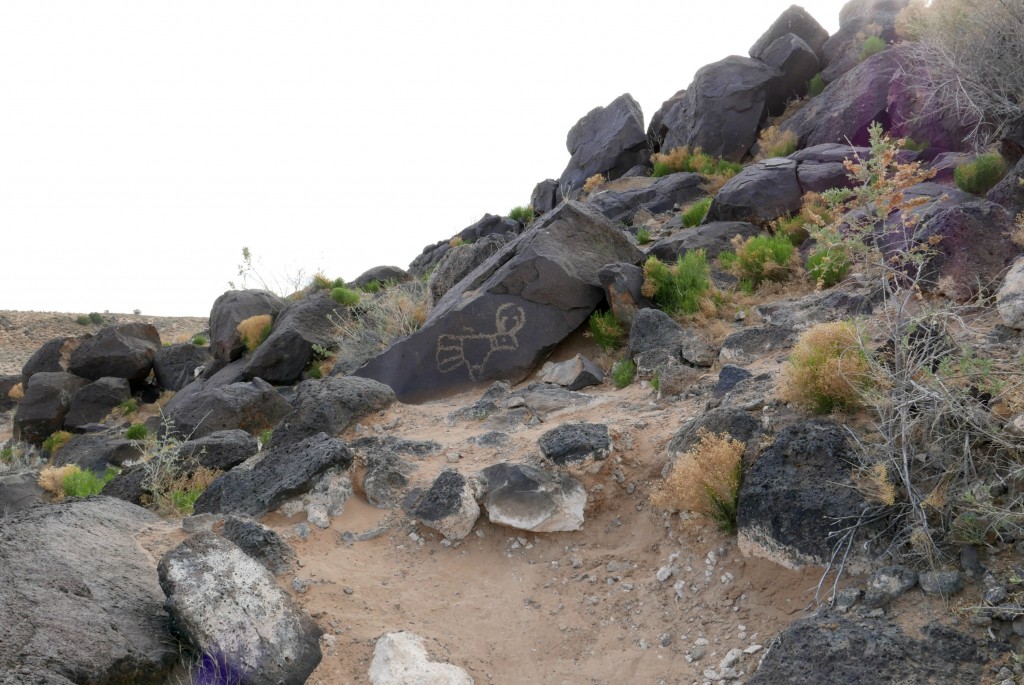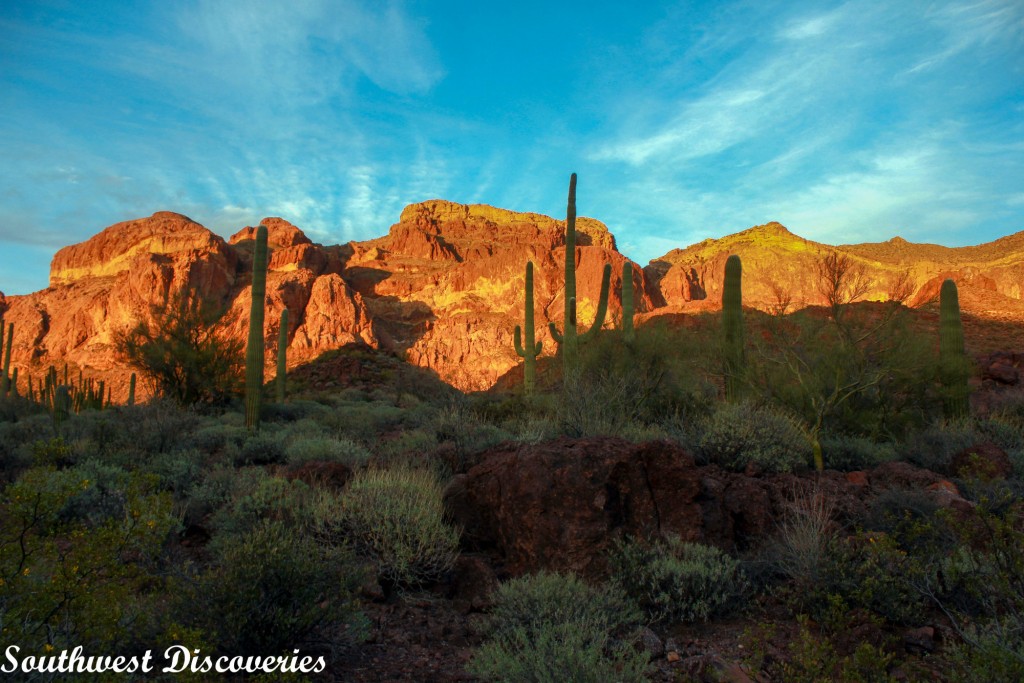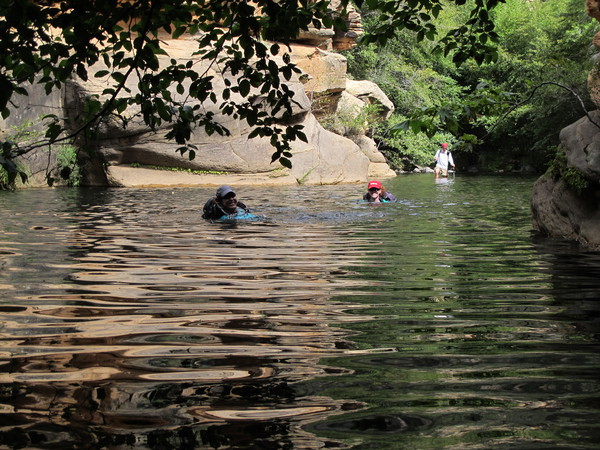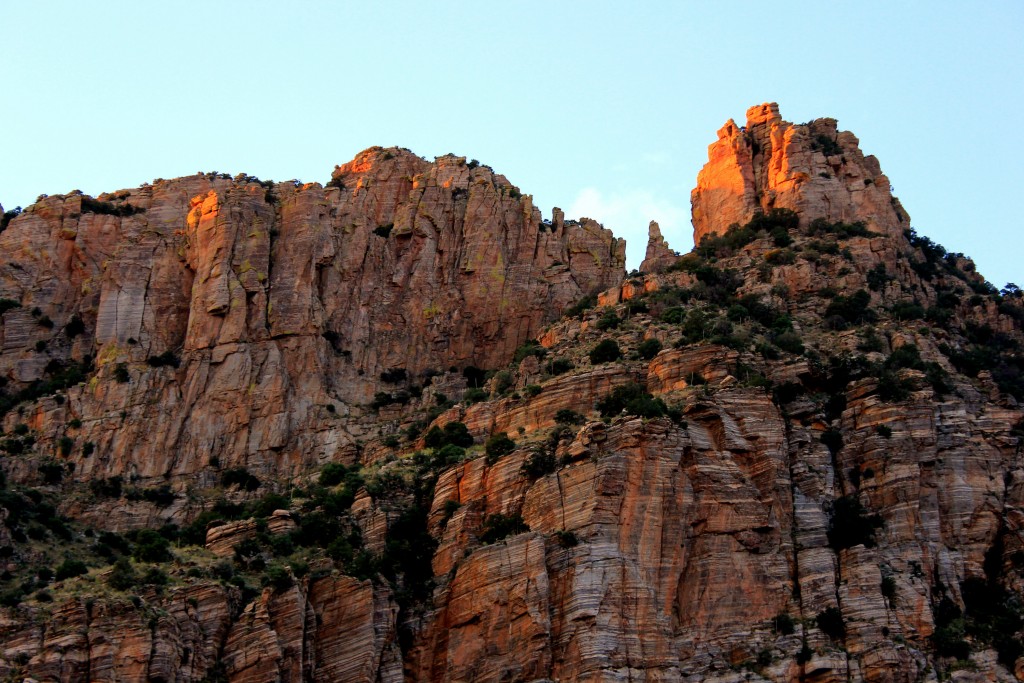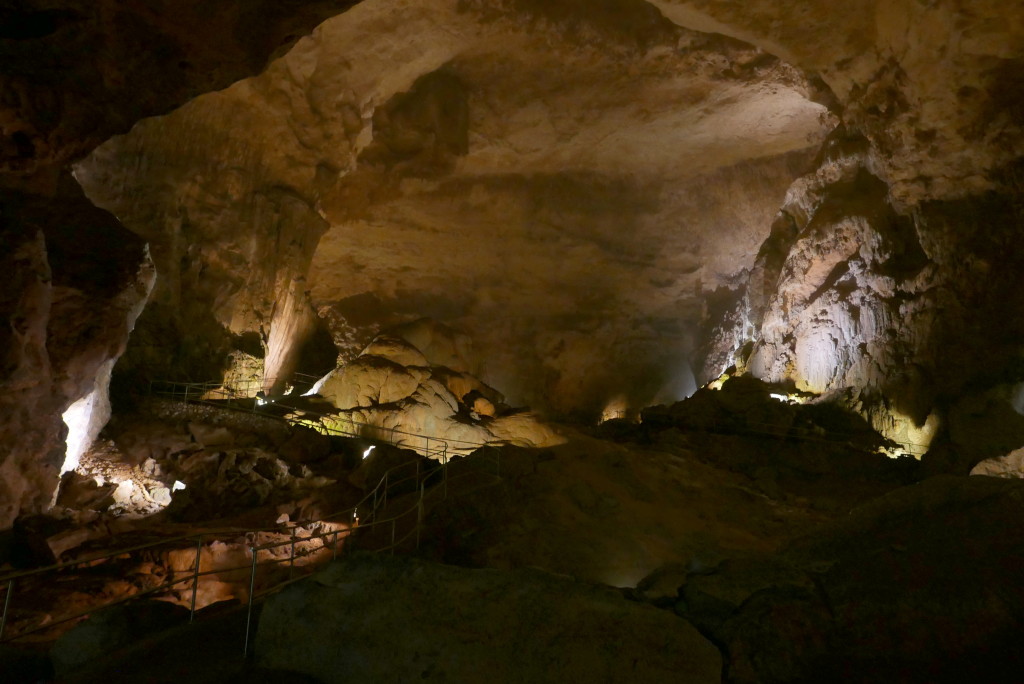There are a two types of dog owners: ones that take their dogs with them on adventures and ones that leave their dogs behind. Now I’m not hating on those that hire dog sitters when they go out of town, because these are the folks that helped me build my side gig and make a few extra thousand dollars here and there.
But when we adopted Monkey, I knew that I wanted her to be as much a part of our travel adventures as humanly and canine-ly possible. That’s why when we recently took a trip to New Mexico and planned to put some serious miles on the bikes, I knew it was time to invest in some new equipment.

Just a few days before leaving Atlanta, we Amazon Primed a red-colored, medium sized Solvit HoundAbout Pet Bicycle Trailer to our apartment. We tried to coax Monkey inside it in the living room with toys and treats, but she was just not having it. After a while, we gave her a little push to see if she’d get used to it. But it was immediately clear that either she was too big or the trailer was too small, because it was so cramped in there that she could barely sit down. It was great quality, but just too small for a 43-pound dog.
We promptly returned the trailer with no remaining days to spare before hitting the road on an epic five-week camping trip. Fortunately these days, you don’t have to stay in one place to receive packages, and we arranged to have a larger bike trailer shipped to a UPS store in Albuquerque.
 This new blue Solvit HoundAbout Pet Bicycle Trailer was a size large with a lightweight aluminum frame. The product description said it would be suitable for a pet up to 110 pounds, but I’m not sure how the heck that would work. For 43-pound Monkey, this was much better though.
This new blue Solvit HoundAbout Pet Bicycle Trailer was a size large with a lightweight aluminum frame. The product description said it would be suitable for a pet up to 110 pounds, but I’m not sure how the heck that would work. For 43-pound Monkey, this was much better though.
 The trailer folds down for storage and the wheels come off and stow inside. It’s actually pretty easy put together after you’ve done it a couple times, and there are mesh screens to boost air flow. It came with a black cushion pad, but I whipped out my sewing machine and made her a cushier one to entice her to ride a bit more. She loves soft things.
The trailer folds down for storage and the wheels come off and stow inside. It’s actually pretty easy put together after you’ve done it a couple times, and there are mesh screens to boost air flow. It came with a black cushion pad, but I whipped out my sewing machine and made her a cushier one to entice her to ride a bit more. She loves soft things.
Admittedly, the first ride or two had their challenges. I had to pick her up to get her inside the trailer the first couple times, but these days she just walks right in on her own and plops down. Whew! 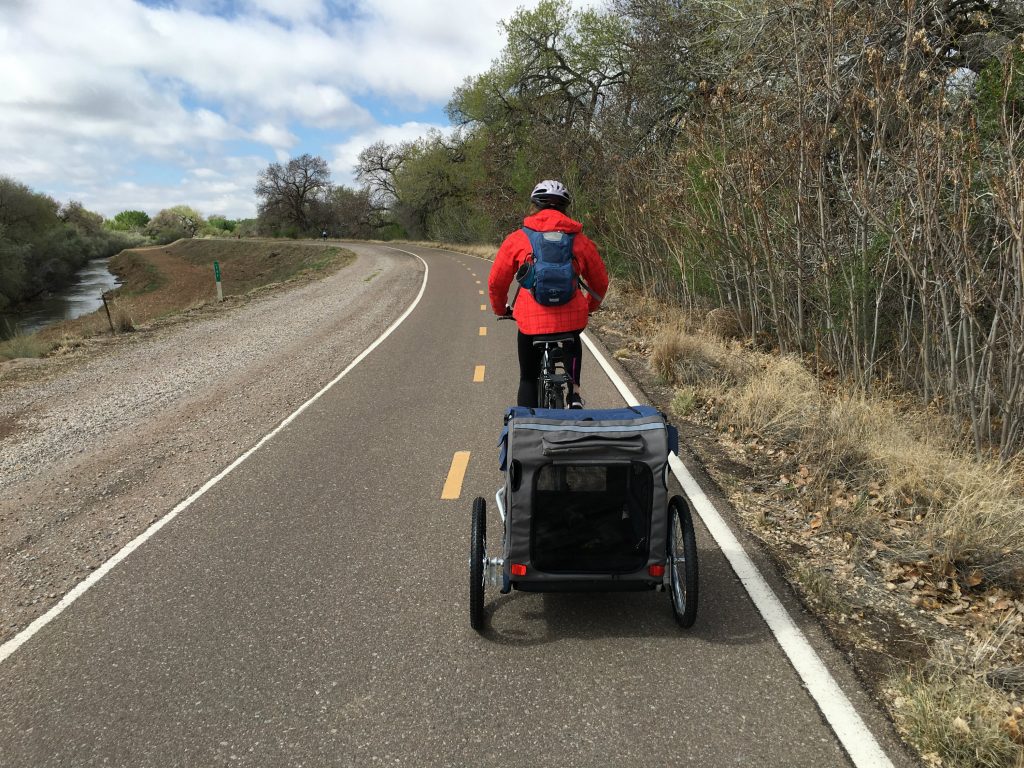 Our very first ride was on the Paseo del Bosque Trail in Albuquerque, which is a multi-use 16-mile paved trail goes from the north to the south edges of the metro area through the Rio Grande’s cottonwood forest. There are lots of access points with free parking listed on the City of ABQ’s website.
Our very first ride was on the Paseo del Bosque Trail in Albuquerque, which is a multi-use 16-mile paved trail goes from the north to the south edges of the metro area through the Rio Grande’s cottonwood forest. There are lots of access points with free parking listed on the City of ABQ’s website.
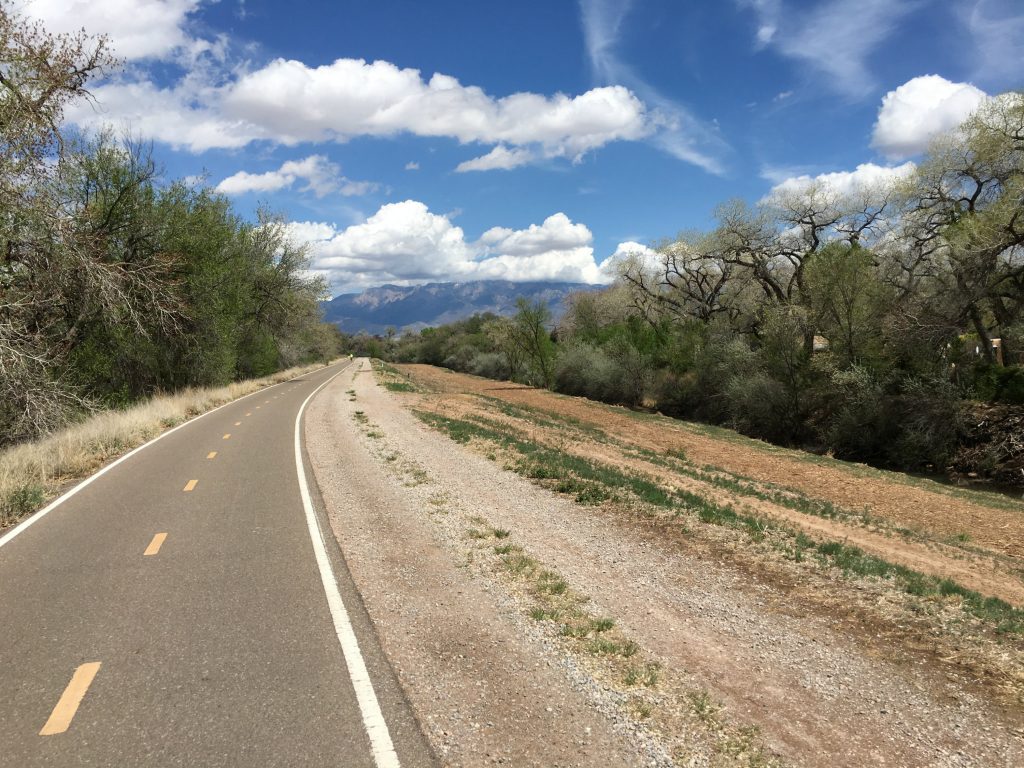
This was an amazing trail for a first dog trailer ride because it was flat, smooth, wide, and not too crowded. With the equipment we have, the trailer only connects well to my bike, so we switch bikes halfway through the ride to break up the labor. This also gives Monkey a break to get out and stretch her legs.
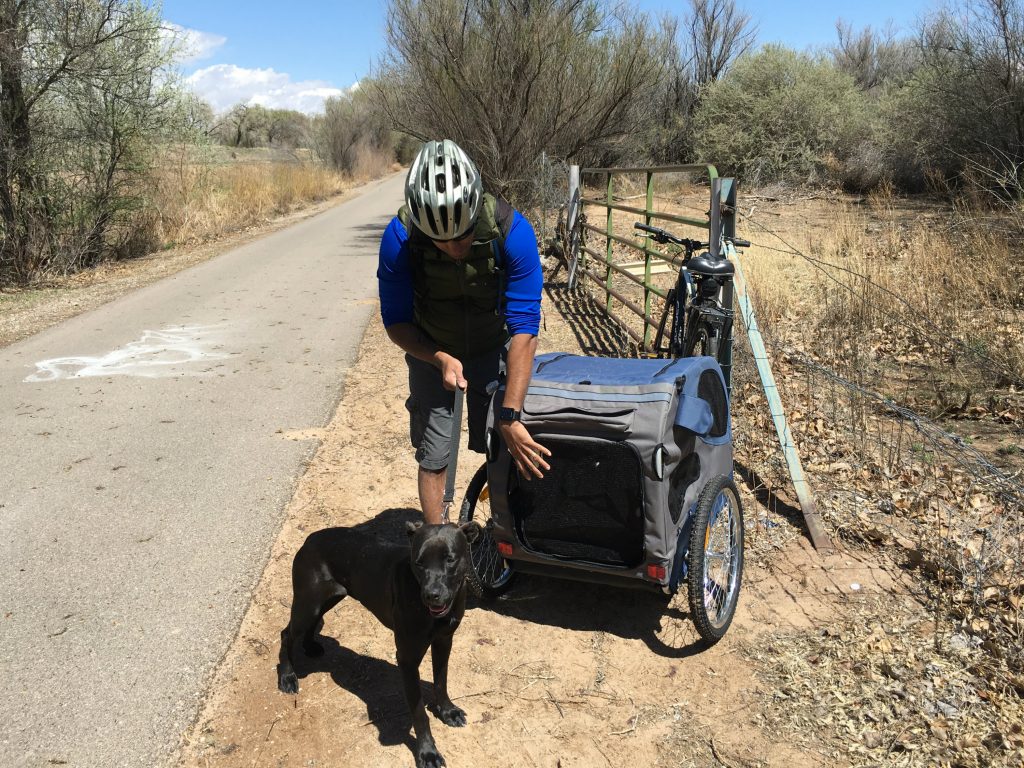 On this particular day, it was lovely weather in the low-70s, and we cranked out a total of about 26 miles round-trip. Afterwards, we let Monkey hike around a bit on a nature trail and then got drive-in milkshakes at Sonic. It was just too-conveniently located right off the trail and too tempting to just gain back the calories we’d just burned. Ice cream and fro yo are my ultimate junk food weakness.
On this particular day, it was lovely weather in the low-70s, and we cranked out a total of about 26 miles round-trip. Afterwards, we let Monkey hike around a bit on a nature trail and then got drive-in milkshakes at Sonic. It was just too-conveniently located right off the trail and too tempting to just gain back the calories we’d just burned. Ice cream and fro yo are my ultimate junk food weakness. She was a real trooper on this ride, and I felt better about bringing her along than leaving her along in a strange campsite to fend for herself. I don’t believe in keeping dogs in cages at home, especially if they’ve already put in plenty of cage time in a shelter. But I hope the pretty scenery whipping by and the fresh air flowing in are fun for her inside that trailer…especially when we pass by other dogs huffing and puffing by with jealous looks on their faces.
She was a real trooper on this ride, and I felt better about bringing her along than leaving her along in a strange campsite to fend for herself. I don’t believe in keeping dogs in cages at home, especially if they’ve already put in plenty of cage time in a shelter. But I hope the pretty scenery whipping by and the fresh air flowing in are fun for her inside that trailer…especially when we pass by other dogs huffing and puffing by with jealous looks on their faces.
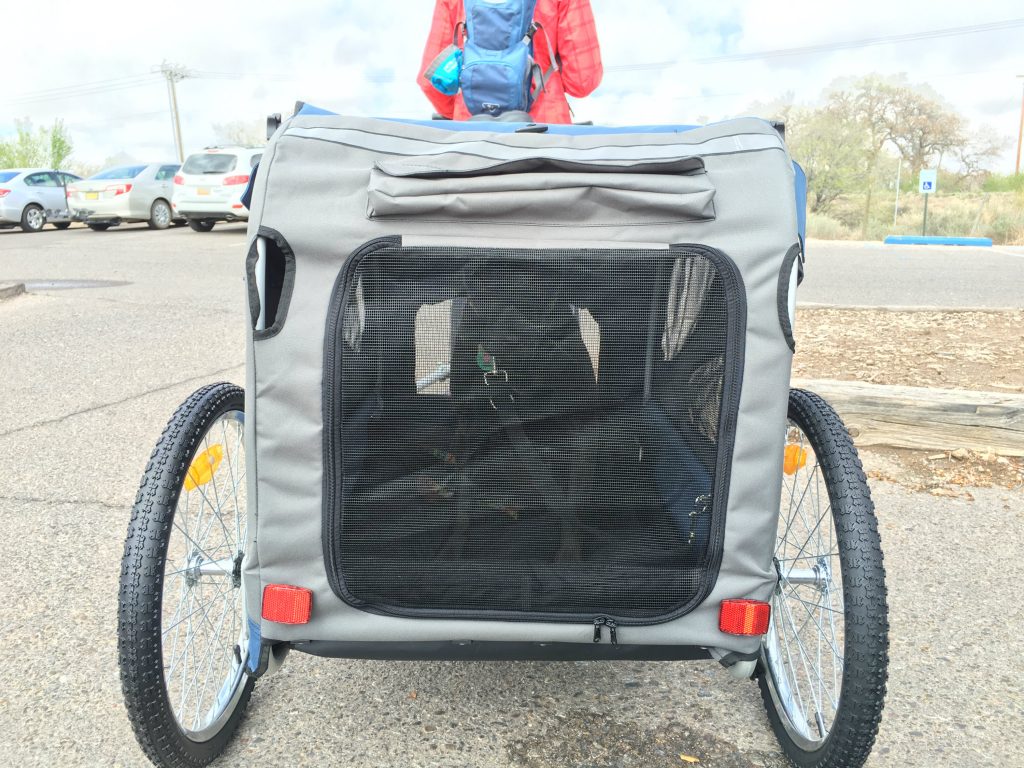
The next time we broke out the bike trailer on the New Mexico adventure was in Santa Fe, on the Santa Fe Rail Trail. This trail posed a different kind of challenge because it was not paved and quite hilly.
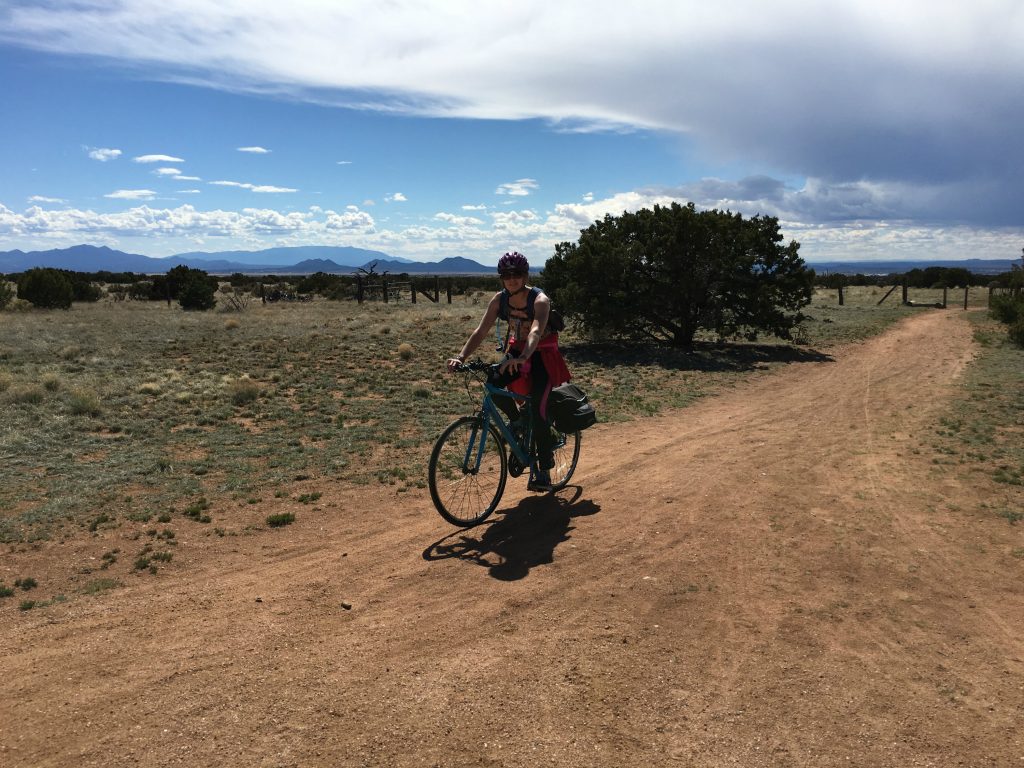 This 17-mile trail follows the old Atchinson, Topeka and Santa Fe Railway line from the Railyard park in Santa Fe to the tracks, Highway 285, El Dorado, Lamy. There’s a little bit of everything along this ride in urban, suburban and rural surroundings.
This 17-mile trail follows the old Atchinson, Topeka and Santa Fe Railway line from the Railyard park in Santa Fe to the tracks, Highway 285, El Dorado, Lamy. There’s a little bit of everything along this ride in urban, suburban and rural surroundings.  Where we started near our (highly recommended) campground, Rancheros de Santa Fe Campground, we encountered hilly, red-dirt terrain in the countryside with yucca and green junipers growing nearby. A 43-pound dog in a trailer feels incredibly heavy after lugging it up and down hills and over rocks with a pretty standard hybrid bike.
Where we started near our (highly recommended) campground, Rancheros de Santa Fe Campground, we encountered hilly, red-dirt terrain in the countryside with yucca and green junipers growing nearby. A 43-pound dog in a trailer feels incredibly heavy after lugging it up and down hills and over rocks with a pretty standard hybrid bike. But after a grueling while of this, the dirt suddenly transformed into pavement, and we were smooth-sailing again down the trail. Those first few pedals after the dirt felt like flying!
But after a grueling while of this, the dirt suddenly transformed into pavement, and we were smooth-sailing again down the trail. Those first few pedals after the dirt felt like flying!
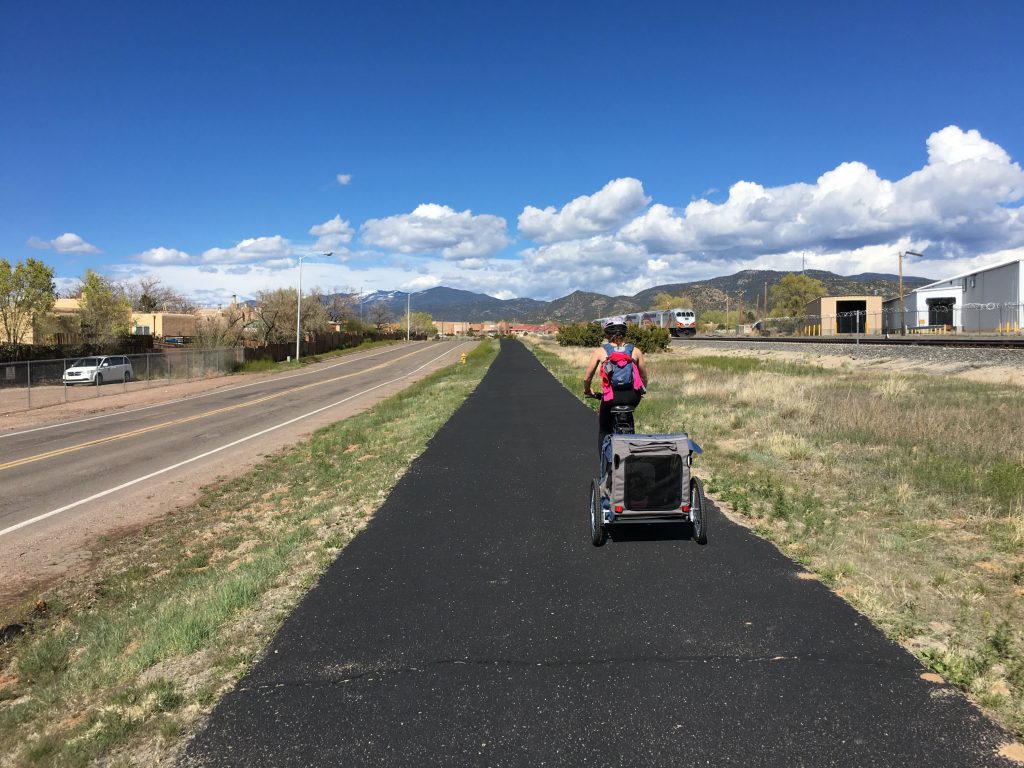 We took our mid-bike pit stop at Second Street Brewery, which unfortunately wasn’t really all that dog-friendly and had some questionable happy hour rules. But a cold brew after that challenging ride tasted delicious nonetheless. A local commuter train called the Rail Runner ran alongside the bike trail and the brewery, which we checked out while giving Monkey a bike break.
We took our mid-bike pit stop at Second Street Brewery, which unfortunately wasn’t really all that dog-friendly and had some questionable happy hour rules. But a cold brew after that challenging ride tasted delicious nonetheless. A local commuter train called the Rail Runner ran alongside the bike trail and the brewery, which we checked out while giving Monkey a bike break.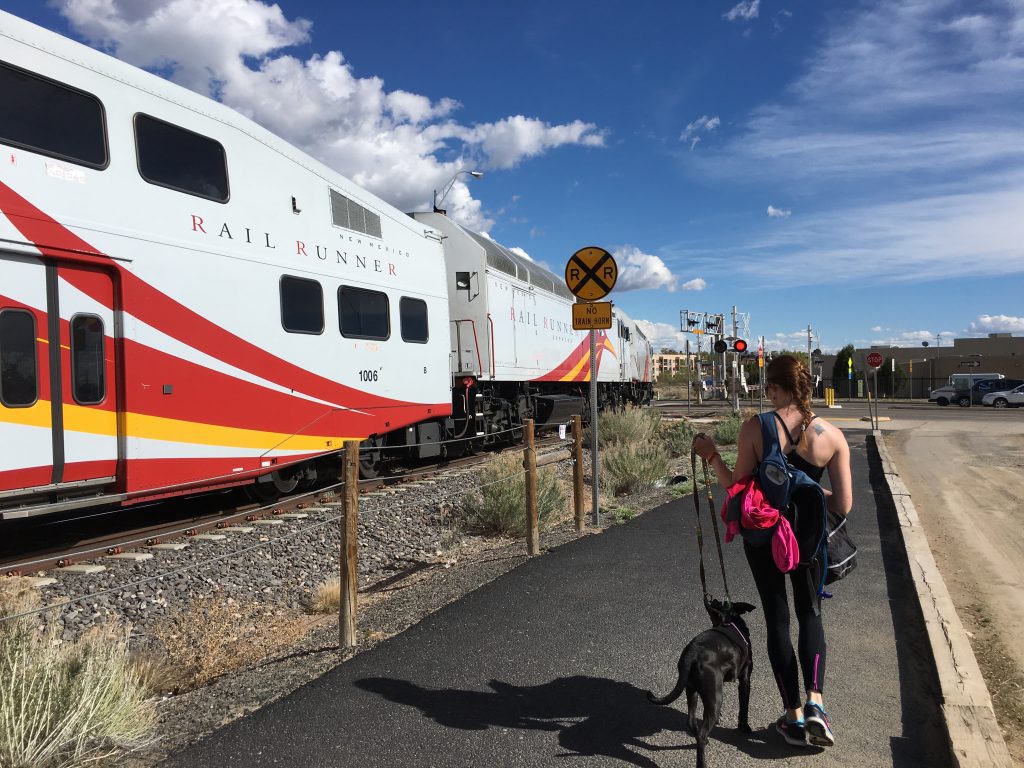 The sun was starting to set by the time we made it back to the Jeep, which was perfect timing to collapse the trailer and hit up a local grocery store to cook dinner. The sunsets here really are pretty amazing.
The sun was starting to set by the time we made it back to the Jeep, which was perfect timing to collapse the trailer and hit up a local grocery store to cook dinner. The sunsets here really are pretty amazing.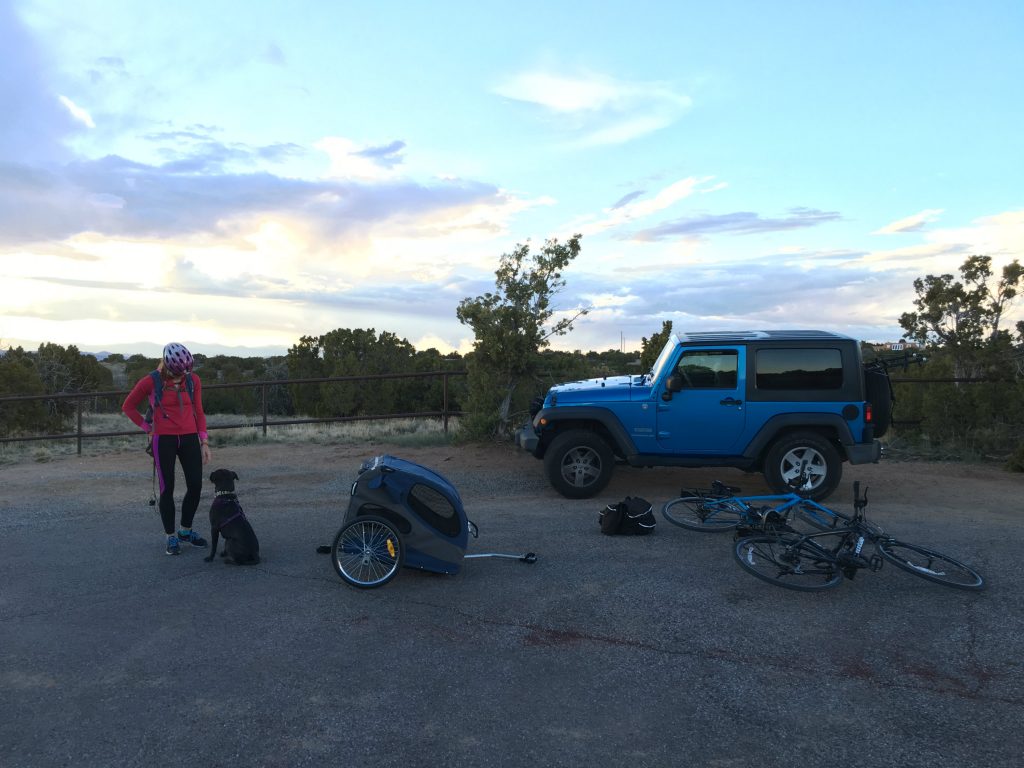
Another bike trip we did in Santa Fe was to the Santa Fe Railyard. This was a shorter and more paved ride we did, with the intent of sightseeing and walking around a bit more with Monkey. From what I’d read about this neighborhood, I was surprised to see it not crowded and quite a few of the shops actually out of business and moved out. But it’s still a really walkable area, and I think Monkey enjoyed a little more time out and about.
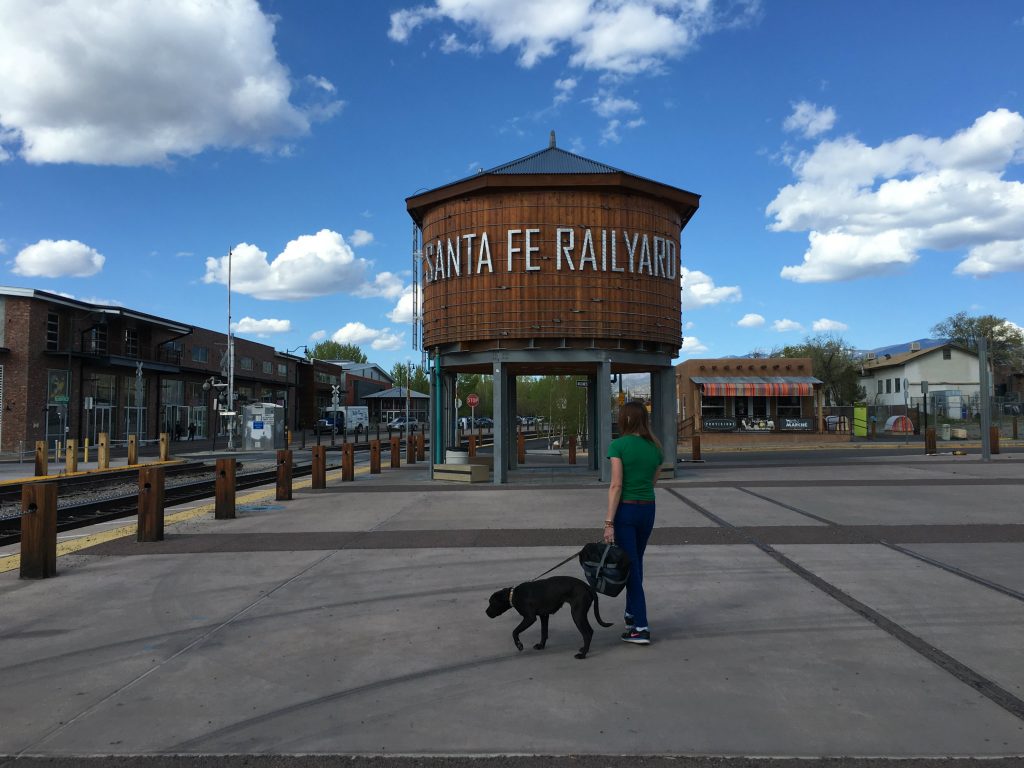
Since returning back home to Atlanta, we’ve taken out the bike trailer a few more times, and these days Monkey’s a pro at riding in style. We took her on a ride on the Big Creek Greenway between Roswell and Alpharetta, Georgia a couple weeks ago, which was super chill. This is mostly a 12-foot wide paved path that runs through the deciduous woods along Big Creek. But there are also dirt mountain biking trails nearby on the east side of the creek. Monkey and I haven’t been adventurous enough to try those out with the trailer just yet.
Another local spot we biked on the 4th of July to “celebrate our independence from motor vehicles” was the Silver Comet Trail. This trail picks up about 13 miles northwest of Atlanta and extends for a whopping 61.5 miles and ends at the Georgia/Alabama state line. And it doesn’t stop there! Once you cross over into Alabama, you can keep going to Anniston, Alabama for a total of 94.5 miles if you start in Smyrna.
But we took it easy clocked in at just over a leisurely 20 miles to get some fresh air and exercise. This is another wonderfully paved and shaded trail that you can squeeze into a morning ride, even when the day’s high temperatures are going to be 100 degrees.

I have this bad habit of never taking photos or writing about the places I’m living in, which is unfortunate and something I want to work on. I lived in Chicago for over 6 years and now Atlanta for 1.5 years and haven’t written or photographed much of anything in either city. When I’m traveling, everything seems more blog-worthy and photo-worthy, but these places have treated me well too, and I apologize deeply to them for leaving them out of the mix. Perhaps someday I’ll visit them in the future when I’m living somewhere else and then they’ll make the cut.
Unfortunately, there’s not room in the Jeep or camper to bring the bikes and Monkey’s trailer on our next big adventure, which kicks off in just eight days. This is mostly because it’s summer and we’ll be focusing on water sports instead, like kayaking and SUP. Sadly, a tiny pop-up camper only has a limited amount of room for sporting goods storage, so choices must be made. But come fall, I’m hoping to retrieve the bike gear and introduce Monkey to some new trails that we can explore together on wheels.
 Final Closing Tips for Dog Biking
Final Closing Tips for Dog Biking
- Try before you buy (companies often claim trailers are rated for way more poundage of dog than actually comfortable)
- Pick a trailer with good pockets for her water bowl, treats, and poop bags
- Make the trailer as cozy as possible with a soft pillow and favorite toys
- Be patient, but not afraid to shove her in after a fair number of tries
- Start with short rides and build up to longer ones
- Stick to paved trails, at least at first
- Don’t put a dog in a trailer when it’s crazy hot outside
- If biking in a pair, let the bike with the dog go first to set the pace and so she can see the other person behind her and feel more comfortable
- Allow time for stretching and walking breaks
- Adjust your biking expectations and be prepared to ride slower and not as far with a trailer
- Scope out dog-friendly breweries to celebrate the end of your ride together!

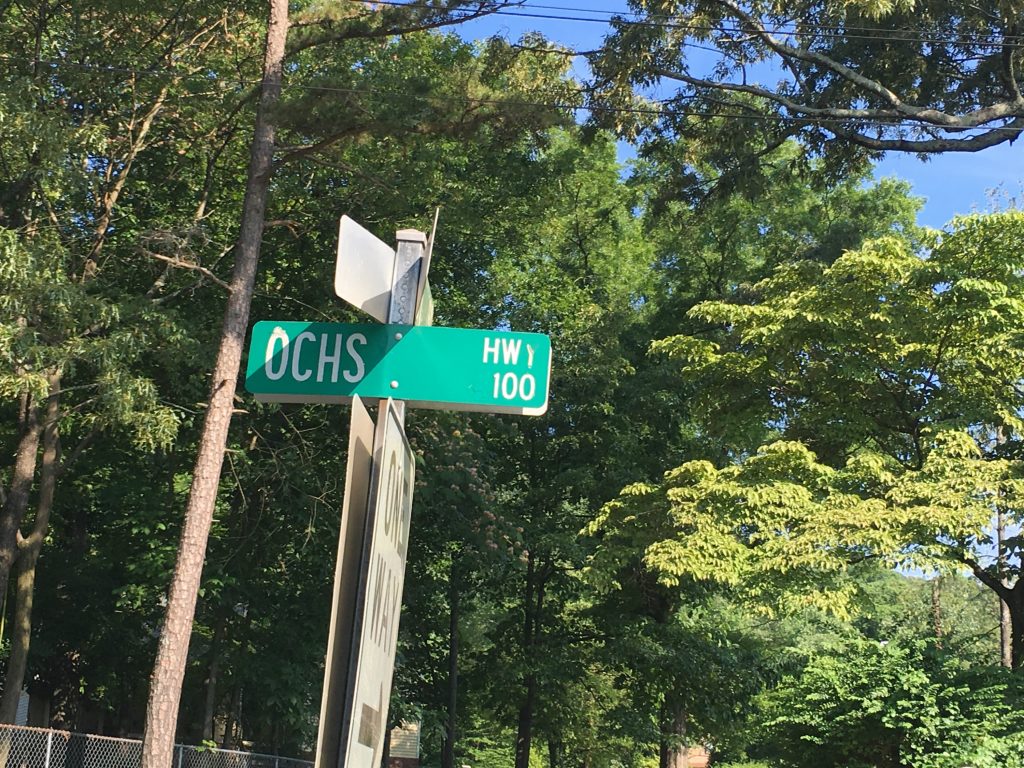
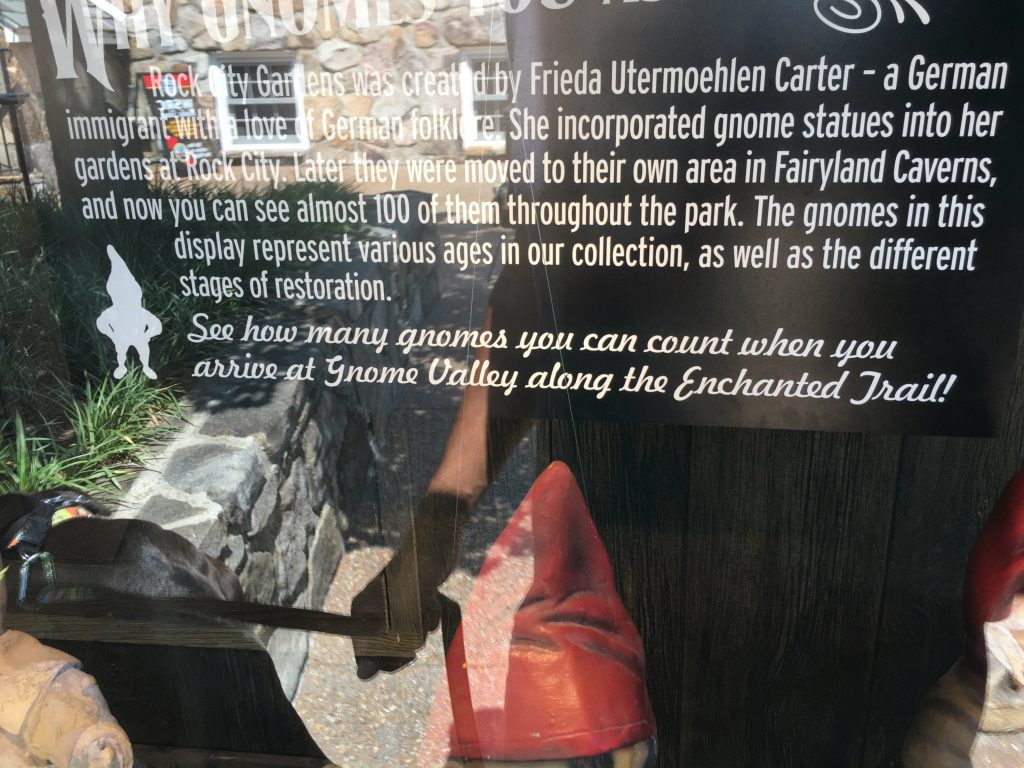
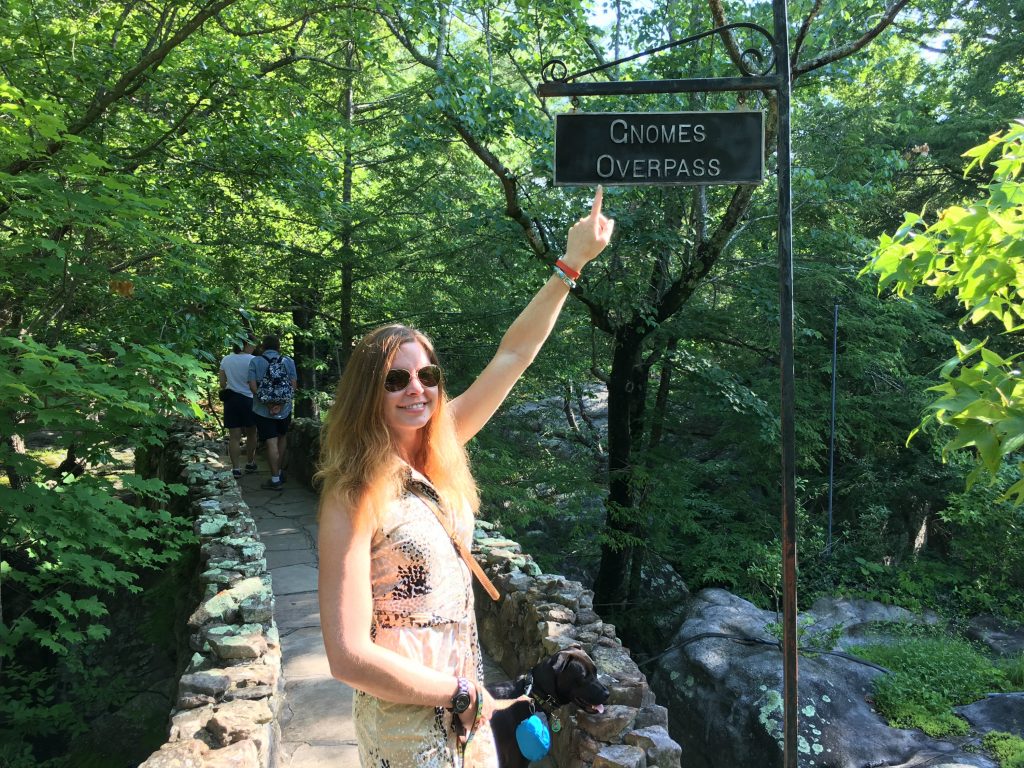
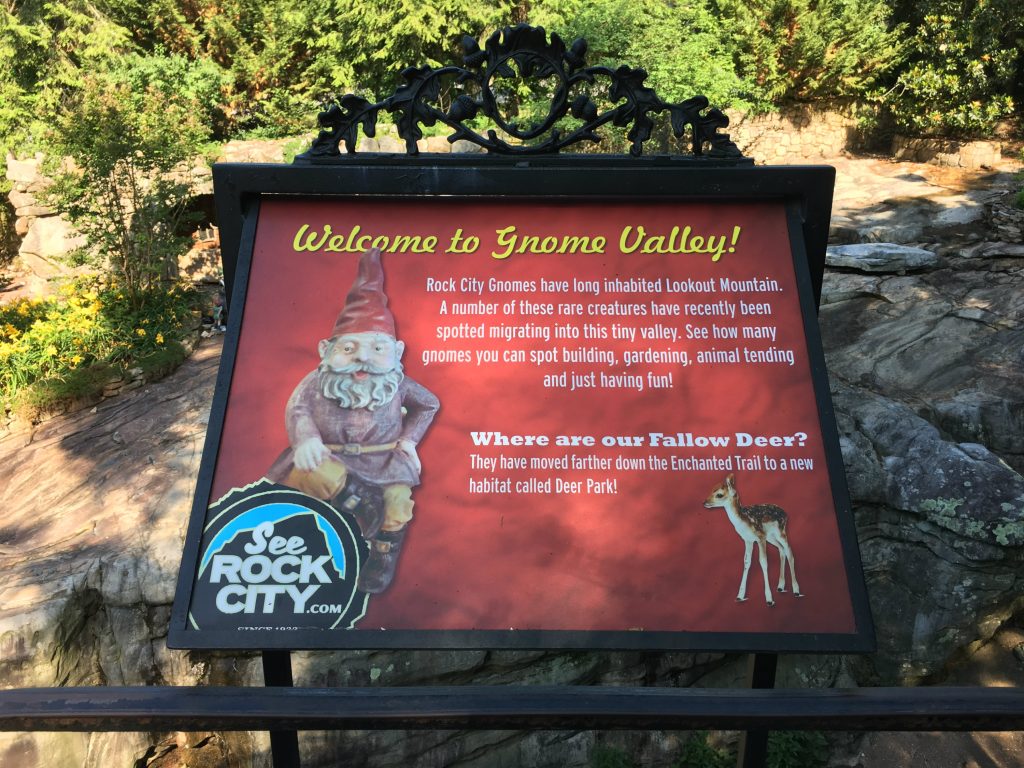

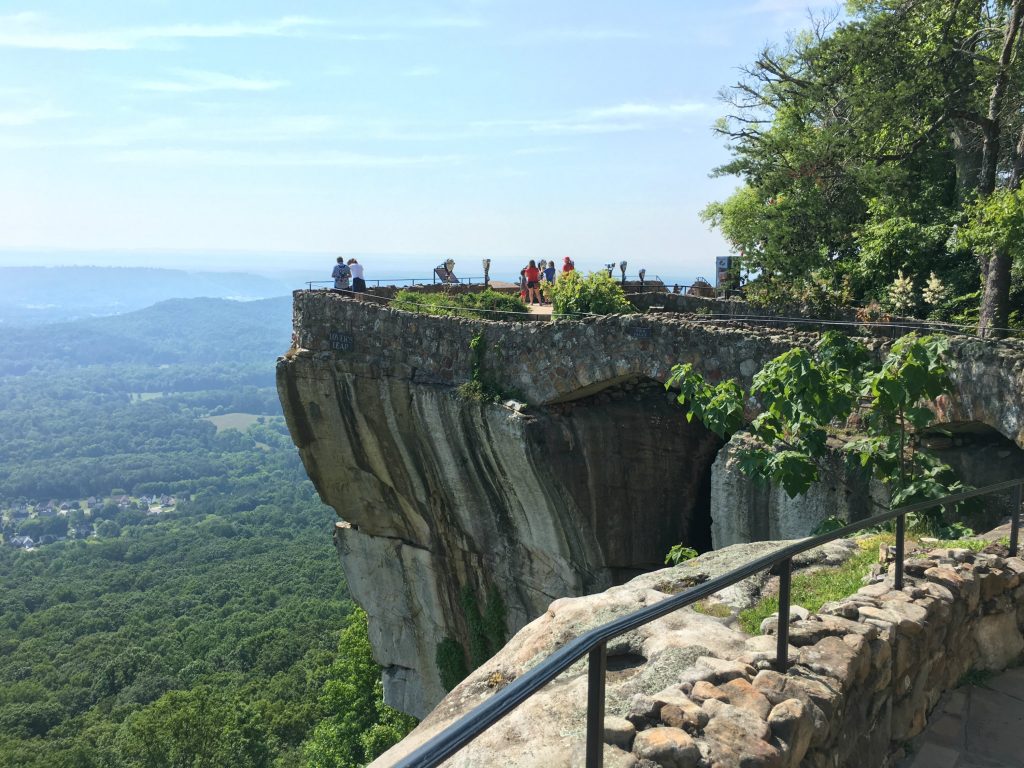

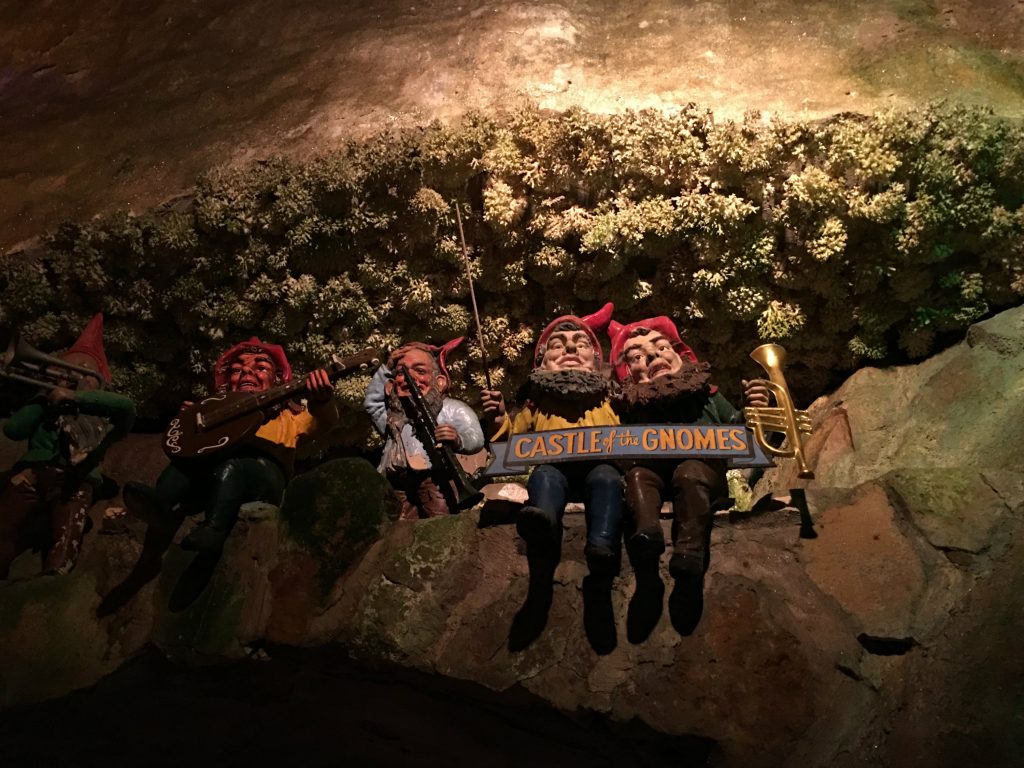


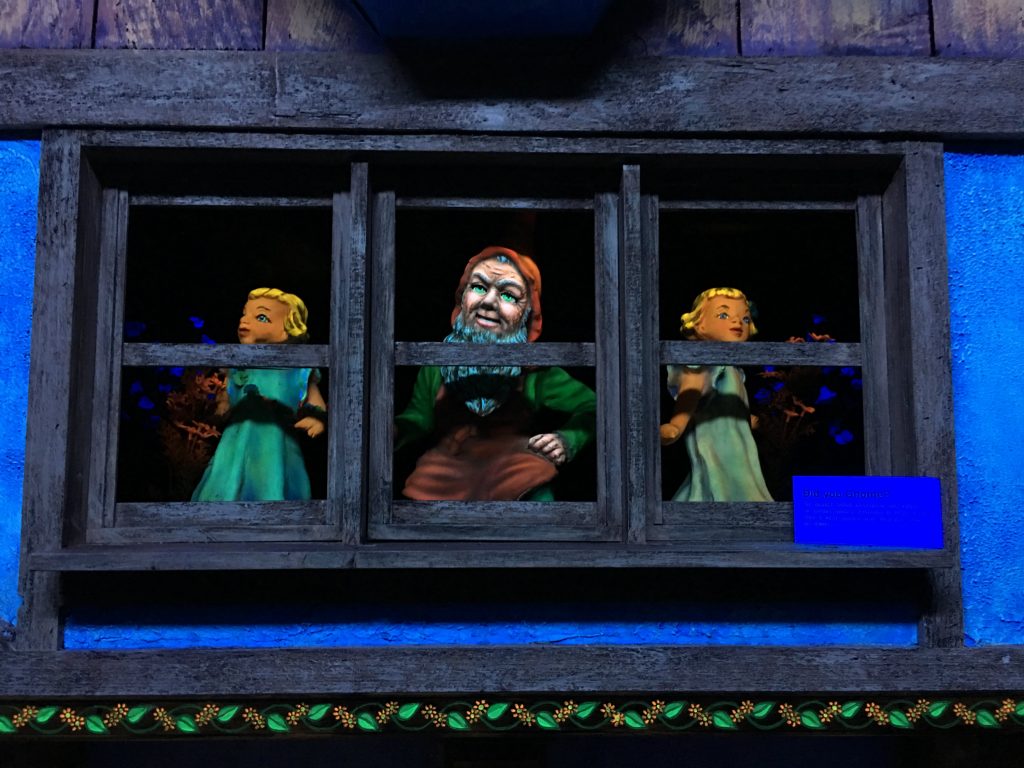

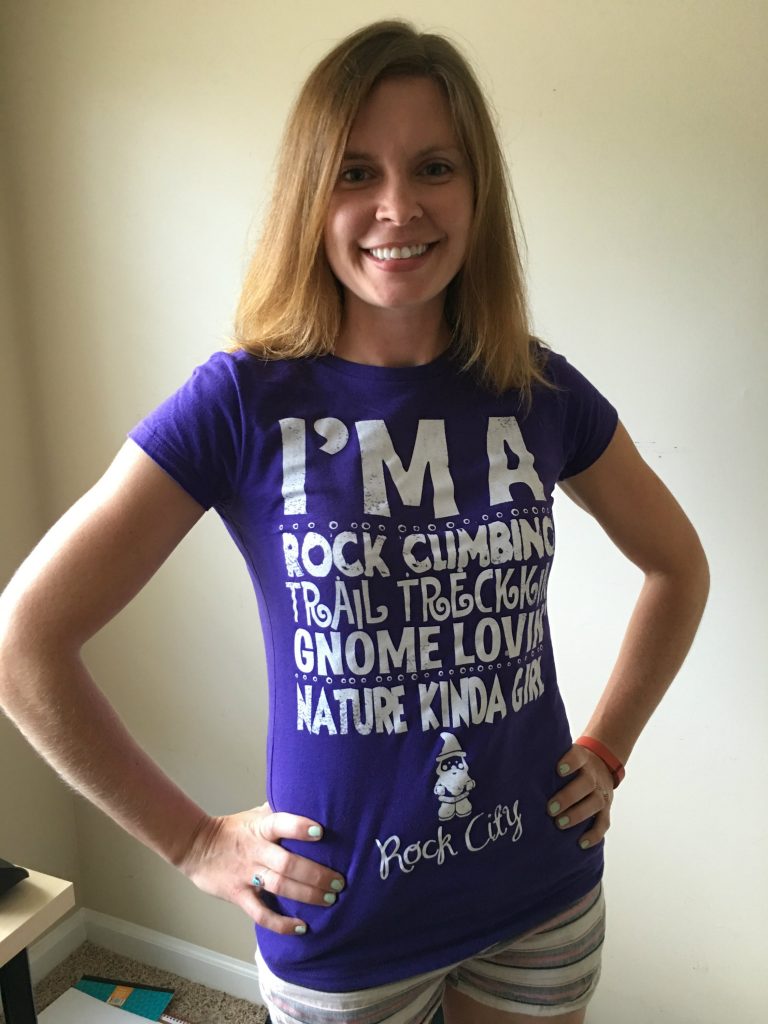
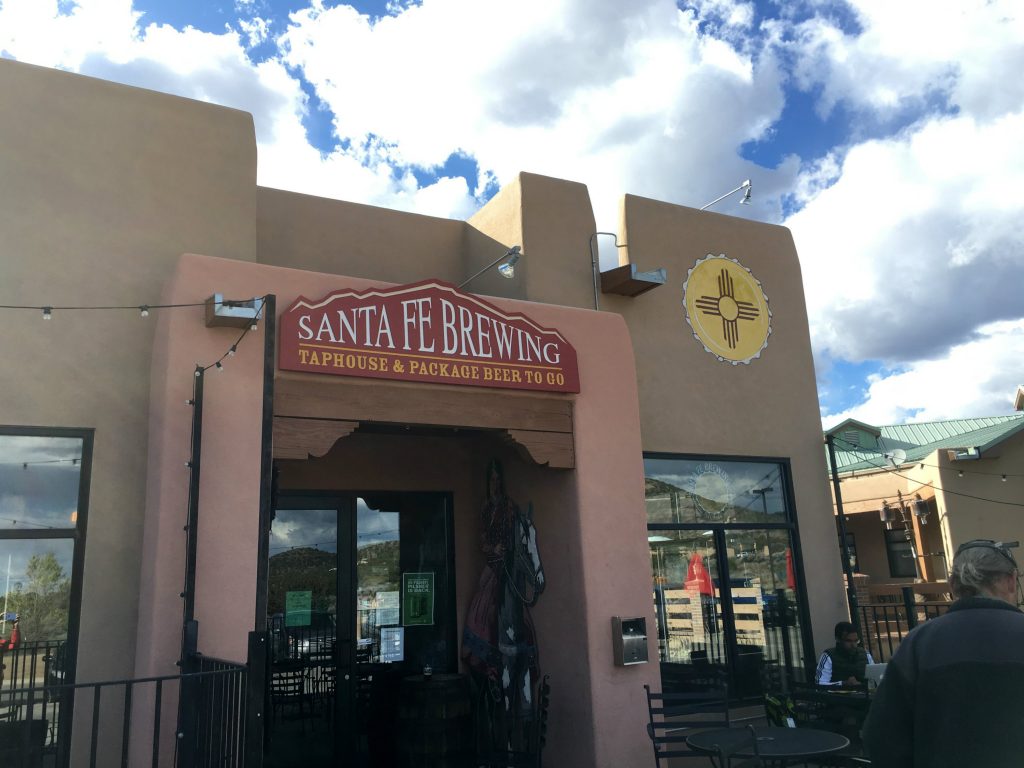 But fortunately, all the emergency required was a little attention and an internet connection. And Santa Fe Brewing Company was right around the corner.
But fortunately, all the emergency required was a little attention and an internet connection. And Santa Fe Brewing Company was right around the corner.  They had an insane number of beers on tap, but a terrible organization system for samplers. The reason I have so many photos of this place is because I actually had to compare and match up a photo of the beer listing board inside with faded abbreviations under tiny glasses, making about four trips back and forth from the bar to the patio.
They had an insane number of beers on tap, but a terrible organization system for samplers. The reason I have so many photos of this place is because I actually had to compare and match up a photo of the beer listing board inside with faded abbreviations under tiny glasses, making about four trips back and forth from the bar to the patio.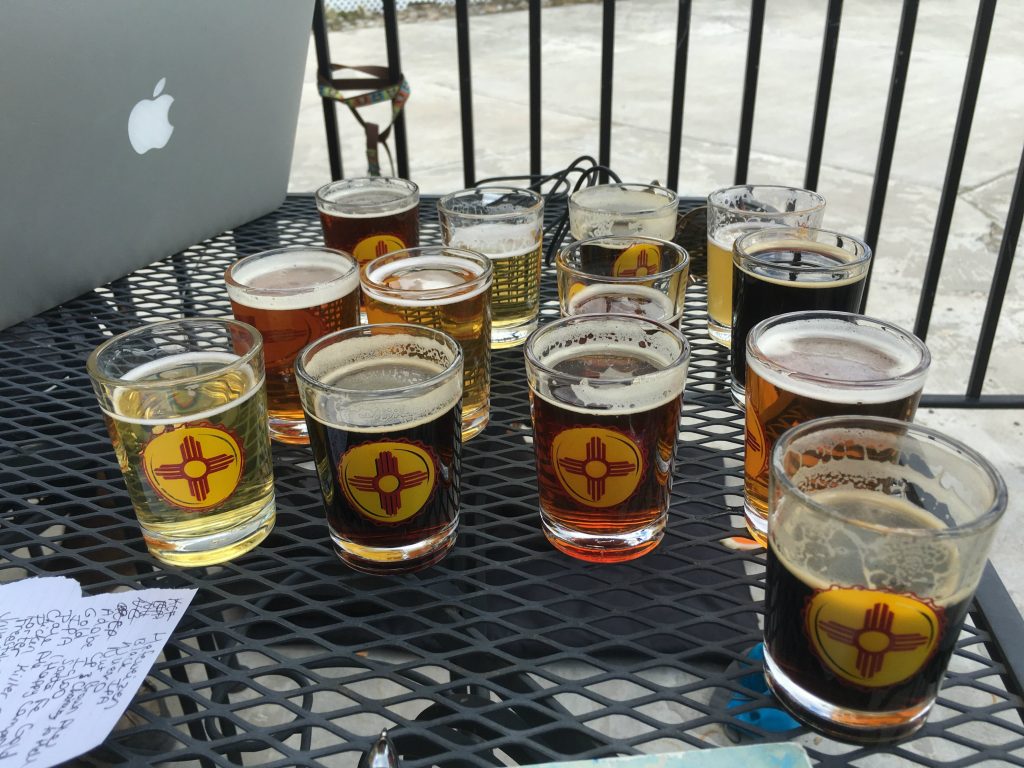

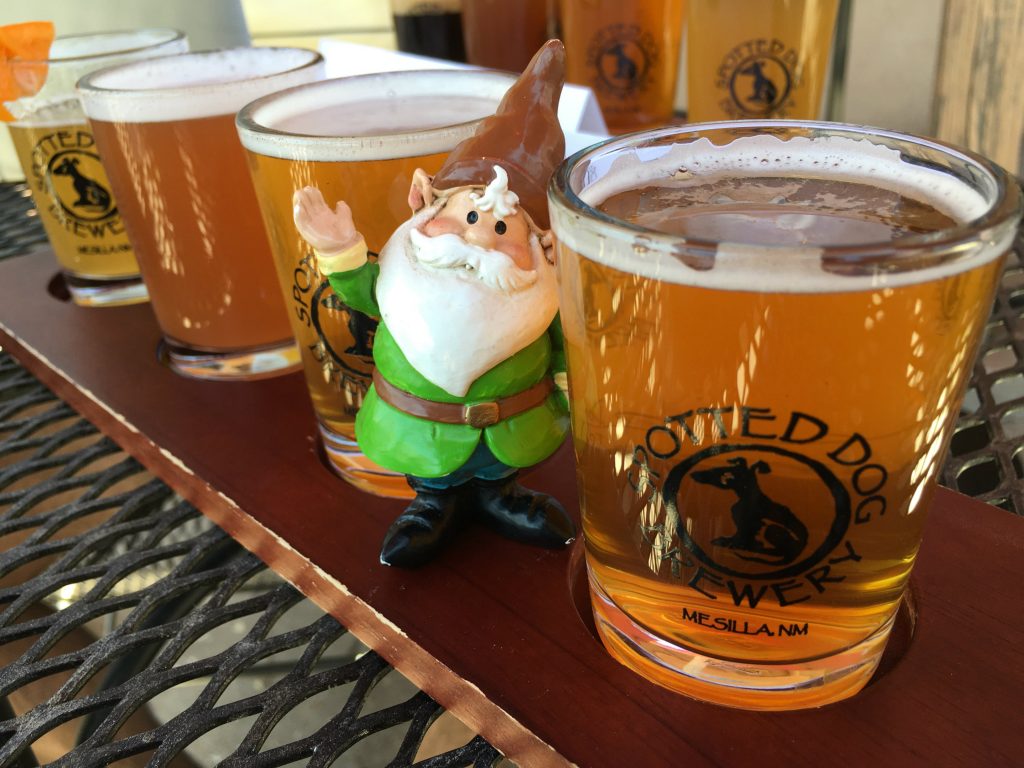
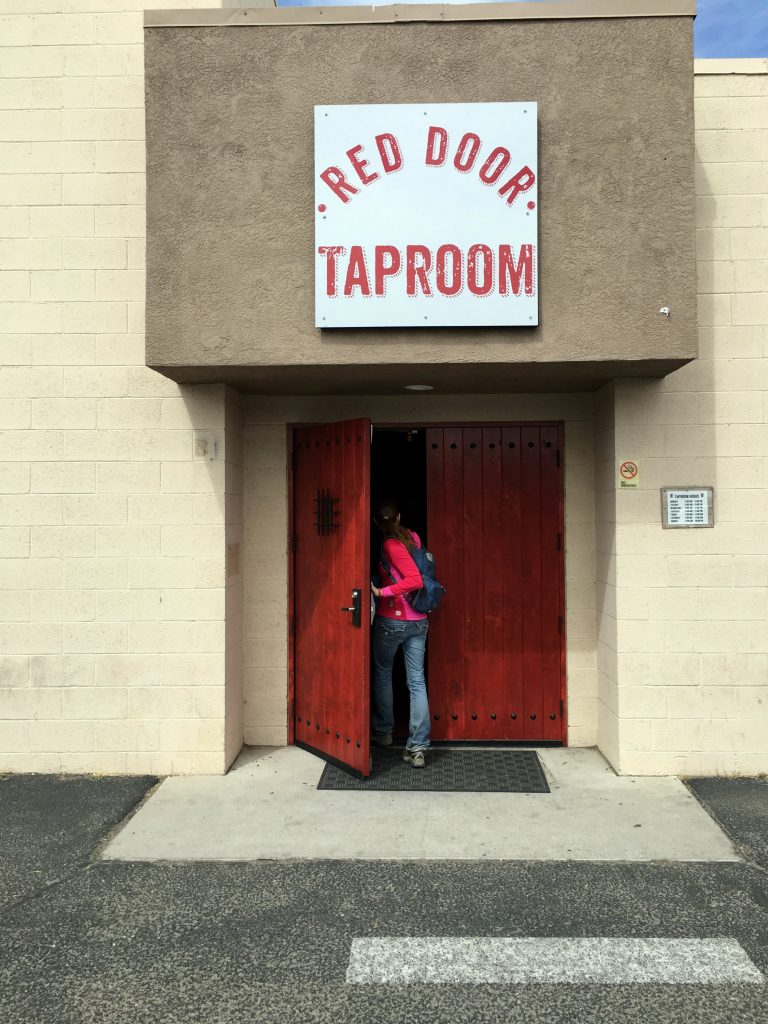
 We stopped by after hiking at Rio Grande Del Norte and having a picnic lunch on BLM land near the parking lot. The brewery had stages both inside and outside and clearly hosts a lot of events and concerts. However, the taste of the beer paled in comparison to the views of the mountains. The beers were mediocre at best, with standard flavors and nothing truly interesting. But those views though!
We stopped by after hiking at Rio Grande Del Norte and having a picnic lunch on BLM land near the parking lot. The brewery had stages both inside and outside and clearly hosts a lot of events and concerts. However, the taste of the beer paled in comparison to the views of the mountains. The beers were mediocre at best, with standard flavors and nothing truly interesting. But those views though! 


 We arrived to Don Quixote a few minutes before it opened and downed cans of soup and beans in the car while we waited. The bartender/sole staff worker was the most unfriendly host I’ve encountered in a tasting room. We were the only ones there, but she talked on her phone the entire time and seemed genuinely annoyed by having to serve us (paid) samples.
We arrived to Don Quixote a few minutes before it opened and downed cans of soup and beans in the car while we waited. The bartender/sole staff worker was the most unfriendly host I’ve encountered in a tasting room. We were the only ones there, but she talked on her phone the entire time and seemed genuinely annoyed by having to serve us (paid) samples. 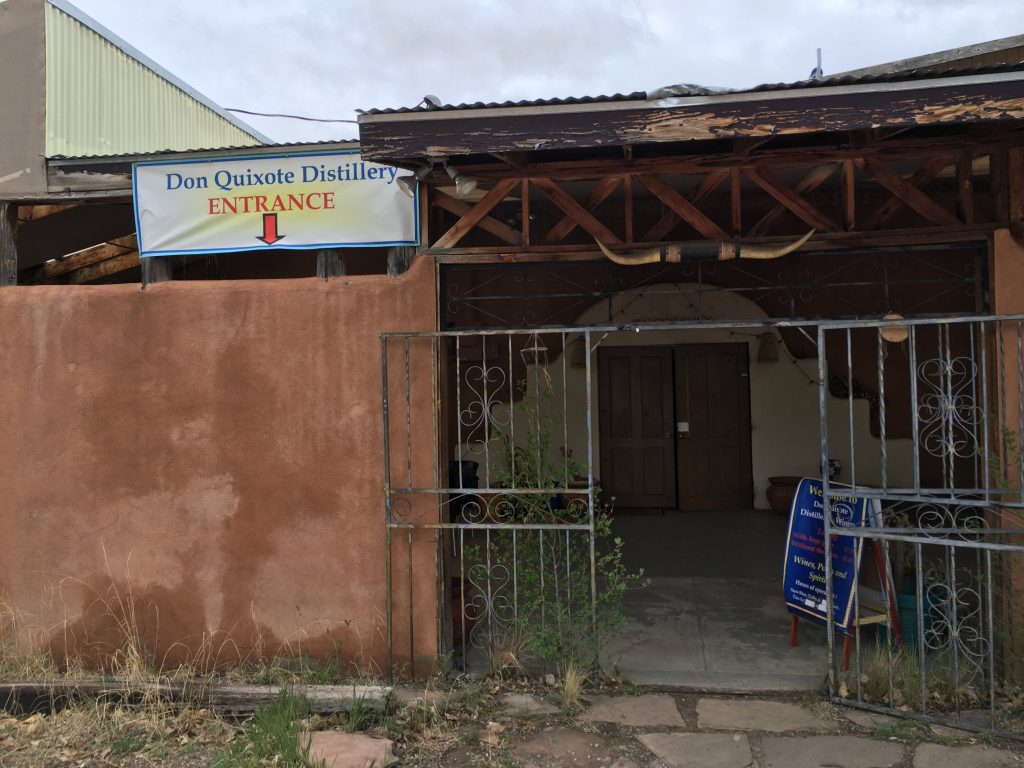 I remember really liking the lavender and juniper gin, which was a surprise because I’ve never been a gin drinker. The flavors were intensely good though. I also remember liking the rose-infused wine. However, I didn’t buy anything except the tasting, mostly because of the service.
I remember really liking the lavender and juniper gin, which was a surprise because I’ve never been a gin drinker. The flavors were intensely good though. I also remember liking the rose-infused wine. However, I didn’t buy anything except the tasting, mostly because of the service.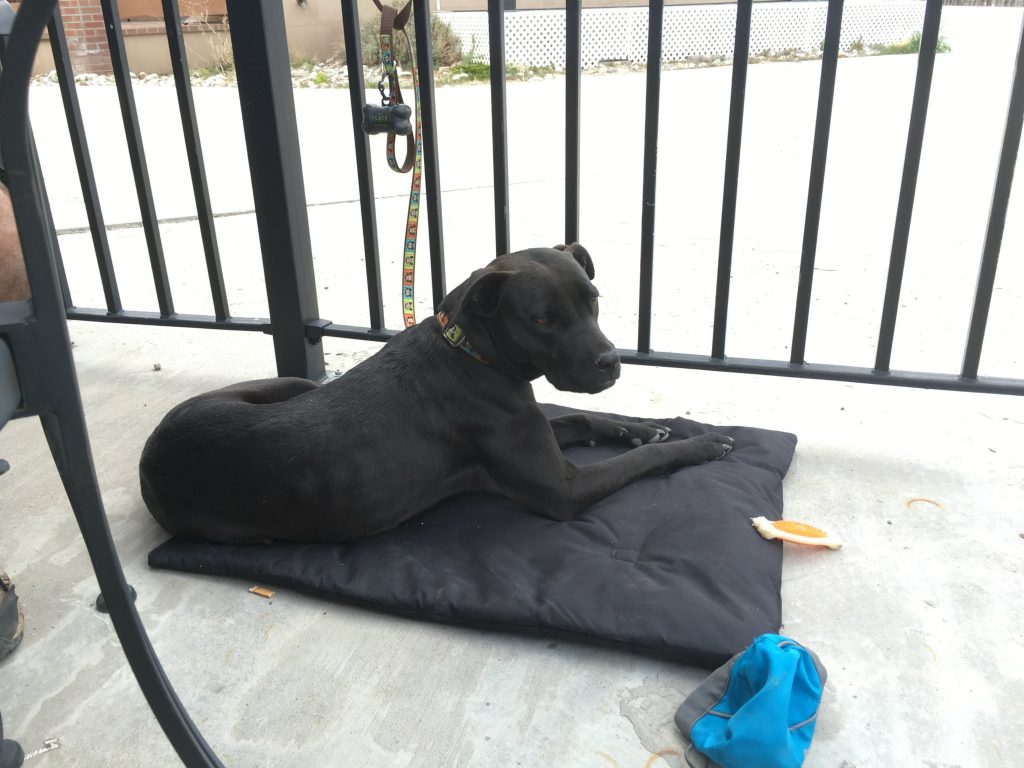 On dog-friendly patios, Monkey is getting better at the fine art of hanging out, usually equipped with a comfy pad, bone, and travel water bowl.
On dog-friendly patios, Monkey is getting better at the fine art of hanging out, usually equipped with a comfy pad, bone, and travel water bowl. Then other times, she does this and sleeps all cute-like and curled up under the table. And I forgive her for all wrongdoings.
Then other times, she does this and sleeps all cute-like and curled up under the table. And I forgive her for all wrongdoings. Perhaps one of these days I’ll manage to secure a writing gig that pays me to write about and review breweries. Then, without a doubt, I’d be all over this scene as if I’d never lost a beat since 2012. I’ve already started to break into the wine scene with a steady gig at
Perhaps one of these days I’ll manage to secure a writing gig that pays me to write about and review breweries. Then, without a doubt, I’d be all over this scene as if I’d never lost a beat since 2012. I’ve already started to break into the wine scene with a steady gig at  Kilbourne Hole is a maar (i.e. a pit/depression caused by a volcanic explosion) in Doña Ana County and a remnant of a volcanic explosion that dates back an estimated 100,000 years. Today it’s a National Natural Landmark on BLM land and known for the unique minerals that surfaced after the eruption. The crater measures just 1.7 miles long by over a mile across, but it’s hundreds of feet deep.
Kilbourne Hole is a maar (i.e. a pit/depression caused by a volcanic explosion) in Doña Ana County and a remnant of a volcanic explosion that dates back an estimated 100,000 years. Today it’s a National Natural Landmark on BLM land and known for the unique minerals that surfaced after the eruption. The crater measures just 1.7 miles long by over a mile across, but it’s hundreds of feet deep.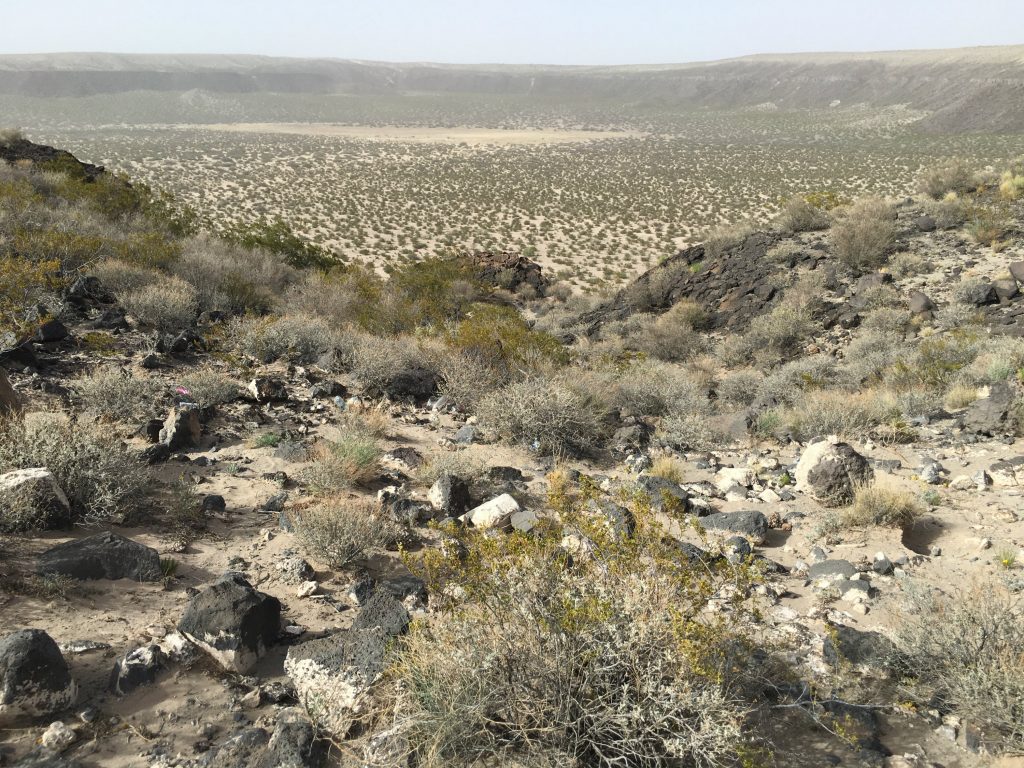 Although I was skeptical about actually finding rocks worth anything, only a few minutes passed before we started seeing green and yellow gems glimmering in the sunlight. This area is open to the public and there are no regulations about removing any rocks from the site as long as you can maneuver the crazy roads to take them back to wherever you came from.
Although I was skeptical about actually finding rocks worth anything, only a few minutes passed before we started seeing green and yellow gems glimmering in the sunlight. This area is open to the public and there are no regulations about removing any rocks from the site as long as you can maneuver the crazy roads to take them back to wherever you came from.  Along the road to get here and at the crater site, I never saw a single other person or car. The only signs of life out here were a few stray cows and a desert flower or two.
Along the road to get here and at the crater site, I never saw a single other person or car. The only signs of life out here were a few stray cows and a desert flower or two.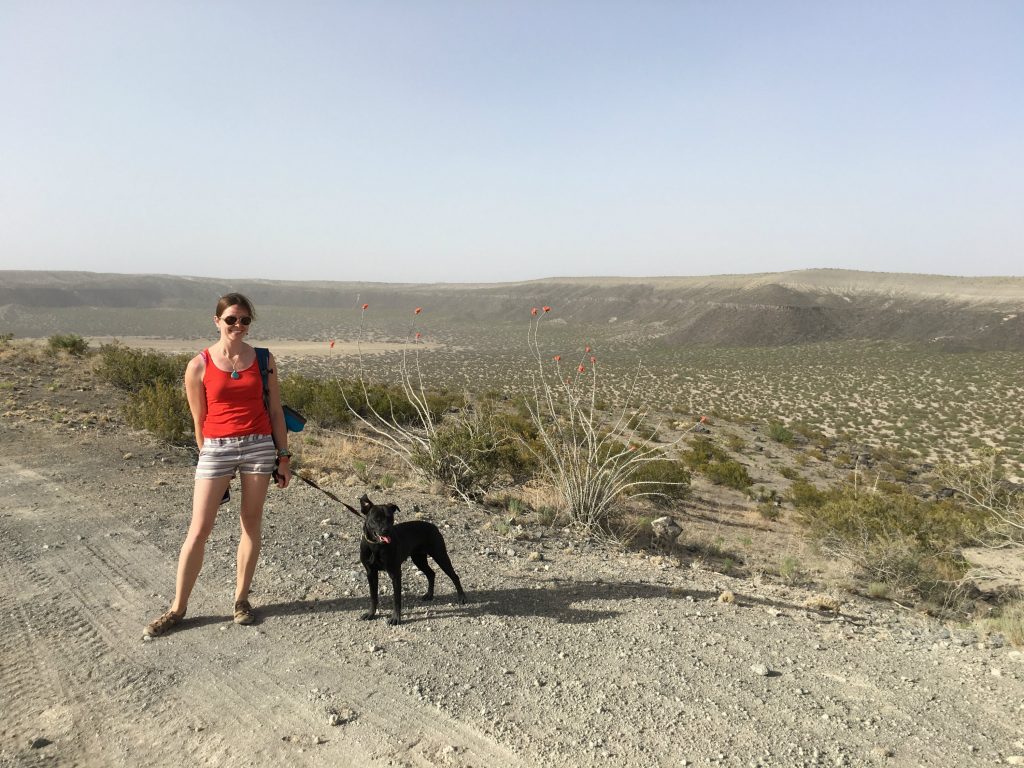 But what was really fun about this adventure for me is that we actually found my August birthstone here, peridot! Some of the stones were scattered loosely, likely someone else’s scraps from a previous collection. But others were hidden deep inside unassuming dark rocks strewn about and required a good smash to reveal the shiny stuff inside.
But what was really fun about this adventure for me is that we actually found my August birthstone here, peridot! Some of the stones were scattered loosely, likely someone else’s scraps from a previous collection. But others were hidden deep inside unassuming dark rocks strewn about and required a good smash to reveal the shiny stuff inside. 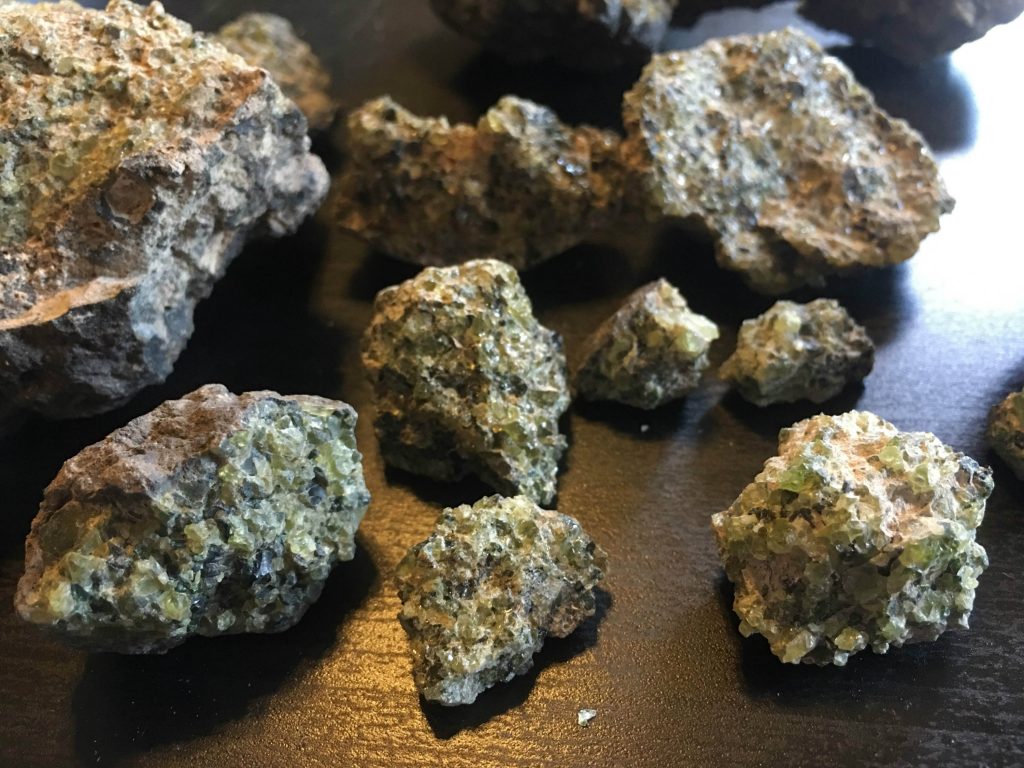 We brought a couple handfuls of peridot-encrusted rocks back home with us and have begun to separate the gems from the rock parts. It’s tedious, but how fun would it be to create a piece of jewelry someday with my birthstone gem that I “mined” for along the U.S.-Mexico border!
We brought a couple handfuls of peridot-encrusted rocks back home with us and have begun to separate the gems from the rock parts. It’s tedious, but how fun would it be to create a piece of jewelry someday with my birthstone gem that I “mined” for along the U.S.-Mexico border! 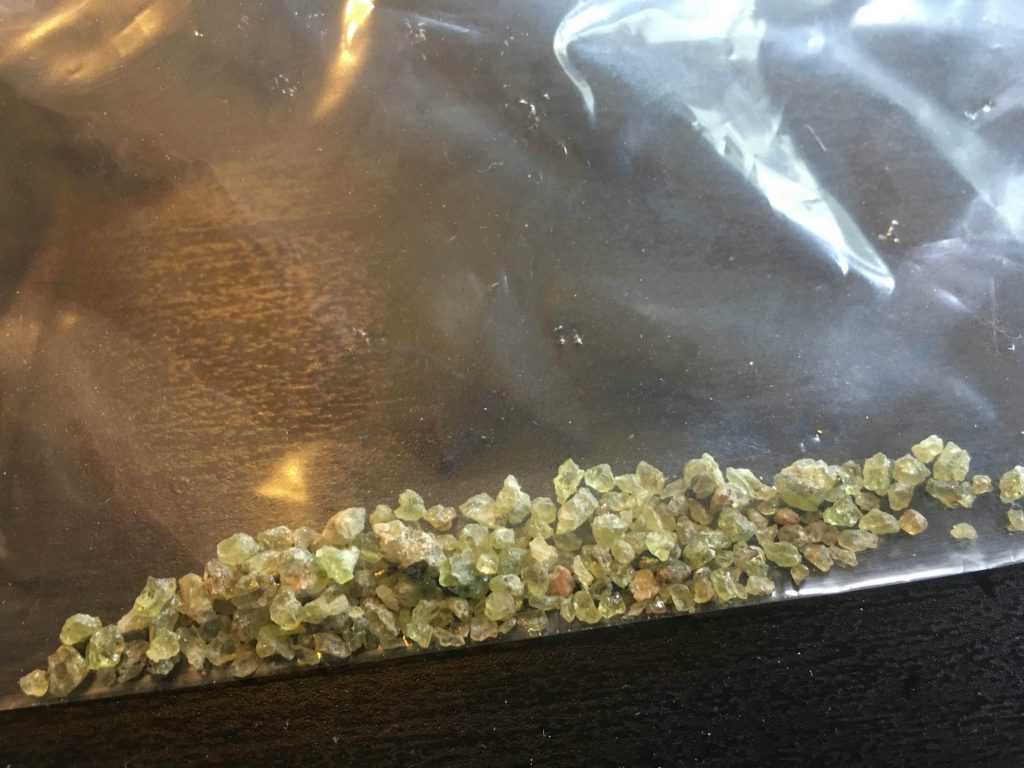
 Hiking the white sands of New Mexico really is unlike hiking anywhere else. It’s vast, desolate, windswept, and mysterious. And since the dunes are formed by gypsum, the sand is surprisingly cool-to-the-touch, even on scorching hot days.
Hiking the white sands of New Mexico really is unlike hiking anywhere else. It’s vast, desolate, windswept, and mysterious. And since the dunes are formed by gypsum, the sand is surprisingly cool-to-the-touch, even on scorching hot days.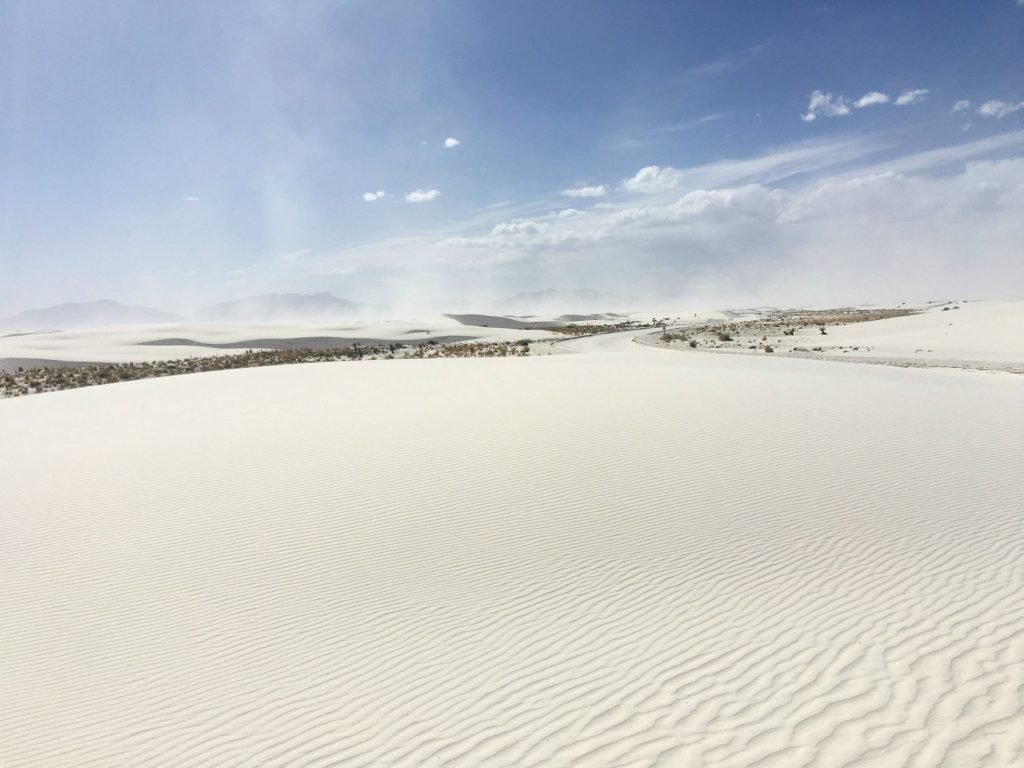 These dunes in the Tularosa Basin were explored by Native Americans, exploited by Spanish explorers in pursuit of resources, and used by the U.S. military for missile testing. They’ve really been through a lot but are in amazingly preserved condition.
These dunes in the Tularosa Basin were explored by Native Americans, exploited by Spanish explorers in pursuit of resources, and used by the U.S. military for missile testing. They’ve really been through a lot but are in amazingly preserved condition. 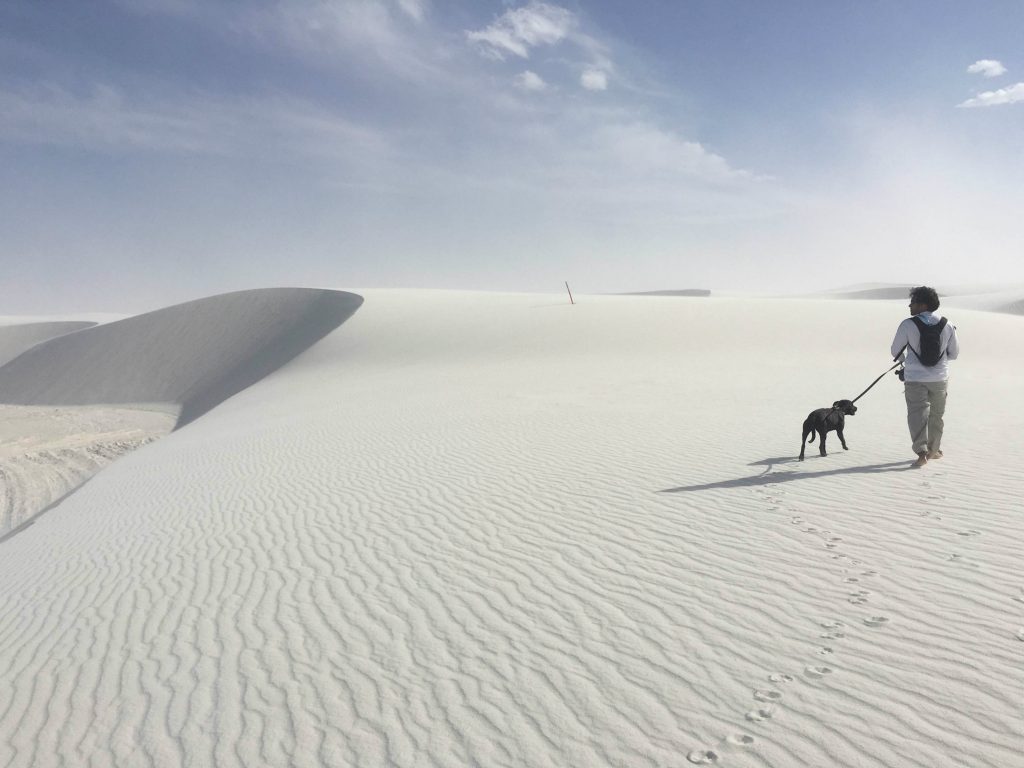 As we set on out the
As we set on out the 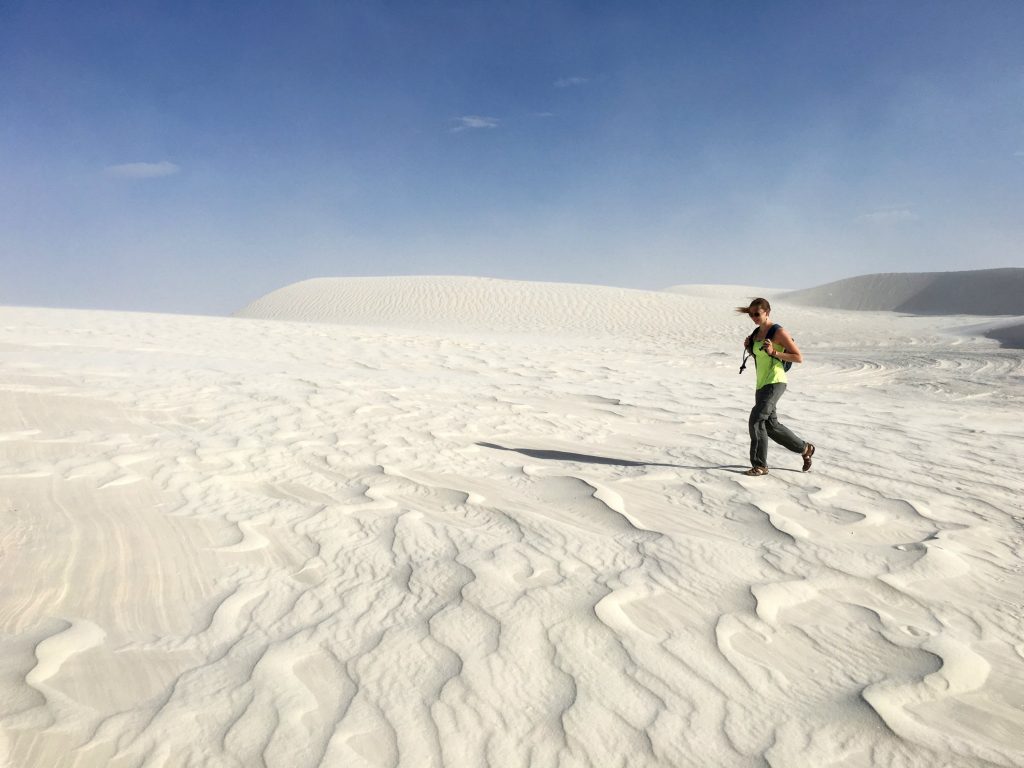 There’s no shade or water along this trail, or anywhere out in the dunes, but thankfully there are helpful little orange and white posts to let you know you’re on the right path. Reduced visibility and getting lost are total possibilities out here, especially in the high-winds of the spring season.
There’s no shade or water along this trail, or anywhere out in the dunes, but thankfully there are helpful little orange and white posts to let you know you’re on the right path. Reduced visibility and getting lost are total possibilities out here, especially in the high-winds of the spring season. About halfway through the hike, you’ll reach the flat section that has a really creepy vibe to it. The Alkali Flat is the dry lake-bed of Lake Otero, which filled the bottom of the Tularosa Basin during the last ice age and covered a massive1,600 square miles.
About halfway through the hike, you’ll reach the flat section that has a really creepy vibe to it. The Alkali Flat is the dry lake-bed of Lake Otero, which filled the bottom of the Tularosa Basin during the last ice age and covered a massive1,600 square miles. 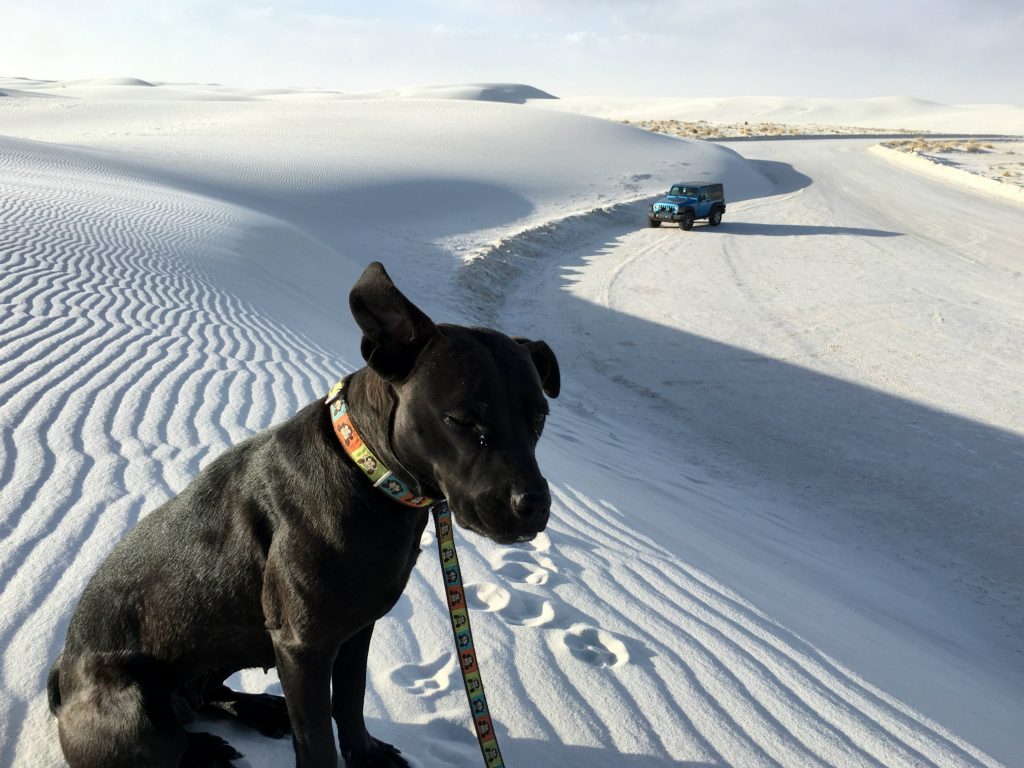 Although she was just as covered in sand from head to toe as we were, Monkey was a really trooper and truly seemed to really enjoy the soft, cool texture for the most part. When overly excited, she “twirls” and “dances,” which escalates to the highest degree on sandy beaches and even dunes like these.
Although she was just as covered in sand from head to toe as we were, Monkey was a really trooper and truly seemed to really enjoy the soft, cool texture for the most part. When overly excited, she “twirls” and “dances,” which escalates to the highest degree on sandy beaches and even dunes like these.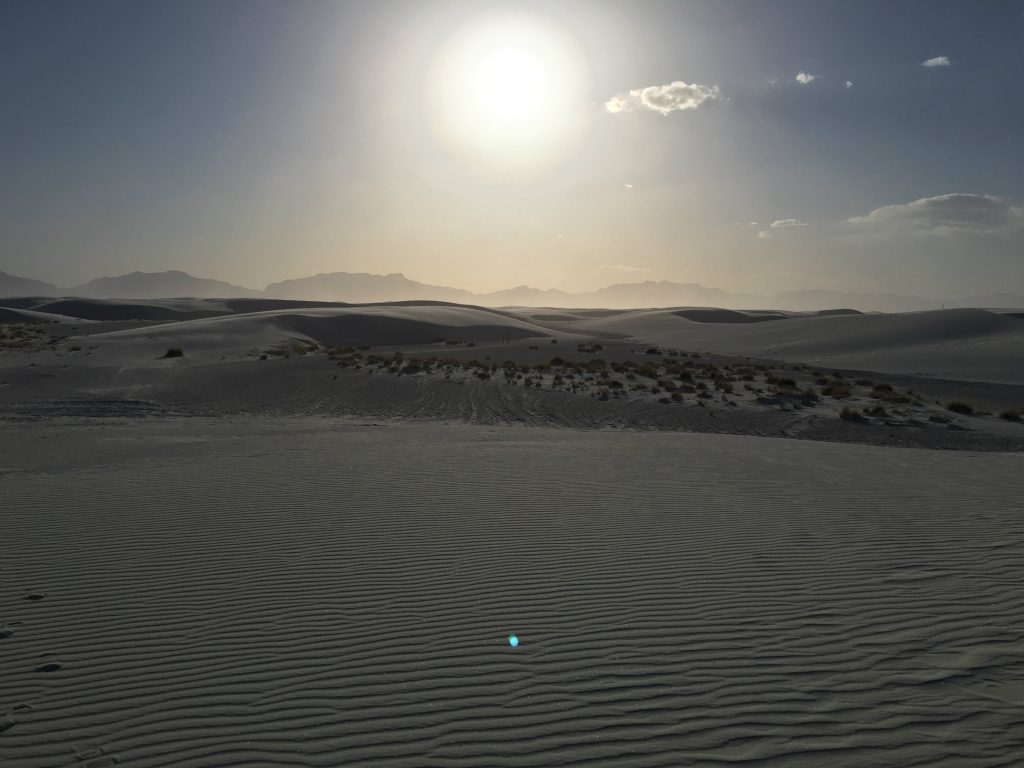
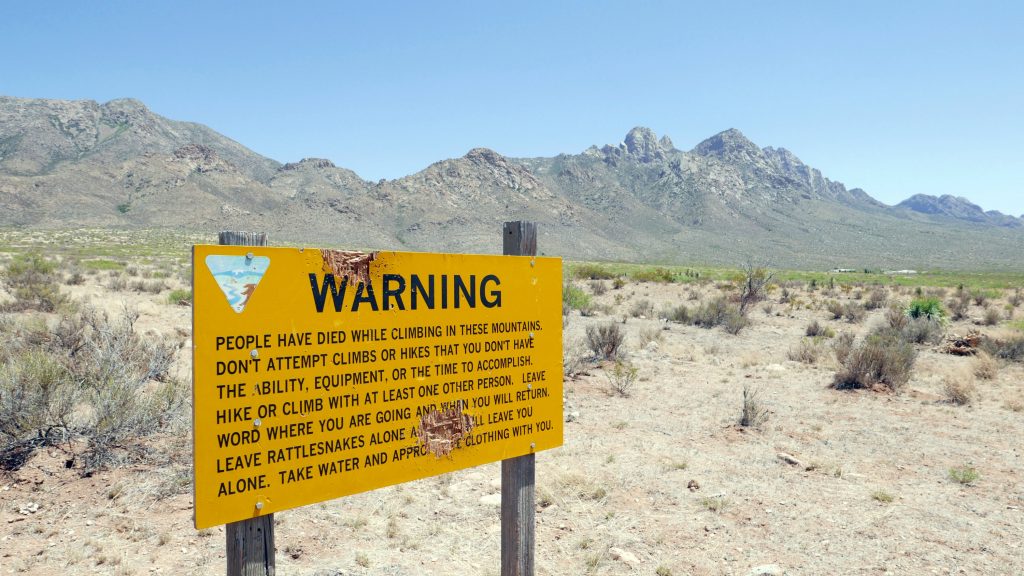
 From the trailhead, it felt like a long hike just to get to the base of the mountains, and it was a steady, moderate climb from there. I saw quite a few wildflowers and mysterious yellow berries in the shrubs along this trail, which took my mind off the rising temperatures and bright sun beating down.
From the trailhead, it felt like a long hike just to get to the base of the mountains, and it was a steady, moderate climb from there. I saw quite a few wildflowers and mysterious yellow berries in the shrubs along this trail, which took my mind off the rising temperatures and bright sun beating down. This is when Monkey really proved her resilience here because I’m pretty sure she got a spider bite and was a real champ about it. She’s a very quiet dog that rarely makes a sound at anything, but I heard a tiny yelp and saw her frantically pawing at herself and starting to roll around on the ground. Then I noticed a spider on her paw and brushed it off. I can’t be sure that the spider caused the ruckus, but there was no other explanation in sight.
This is when Monkey really proved her resilience here because I’m pretty sure she got a spider bite and was a real champ about it. She’s a very quiet dog that rarely makes a sound at anything, but I heard a tiny yelp and saw her frantically pawing at herself and starting to roll around on the ground. Then I noticed a spider on her paw and brushed it off. I can’t be sure that the spider caused the ruckus, but there was no other explanation in sight.
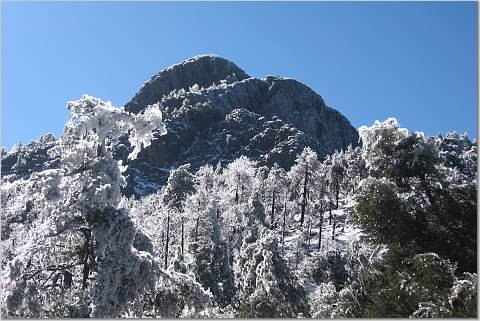
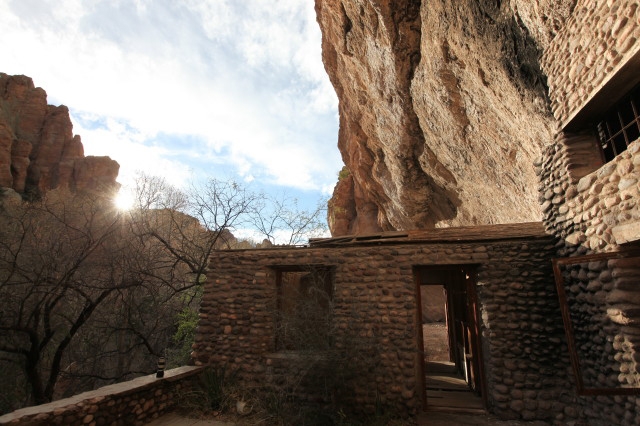
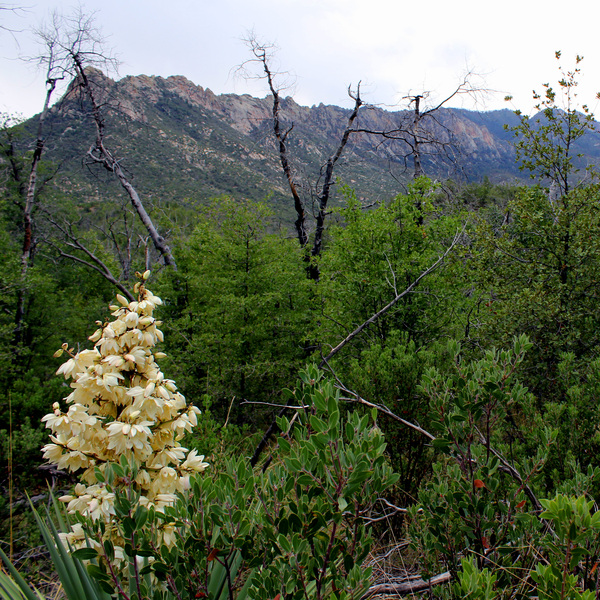
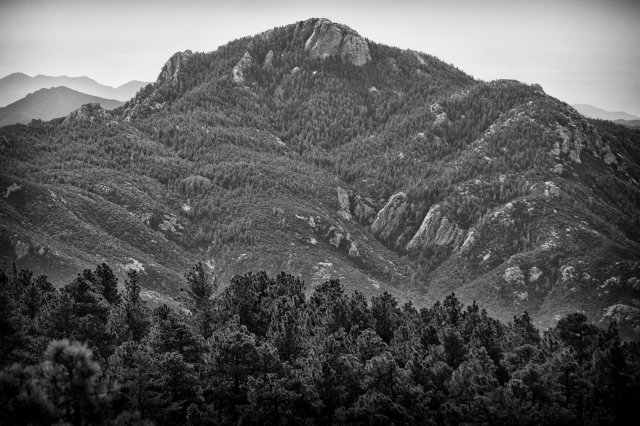
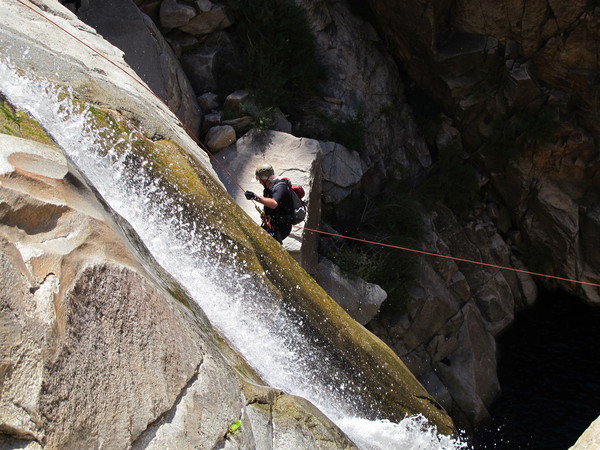

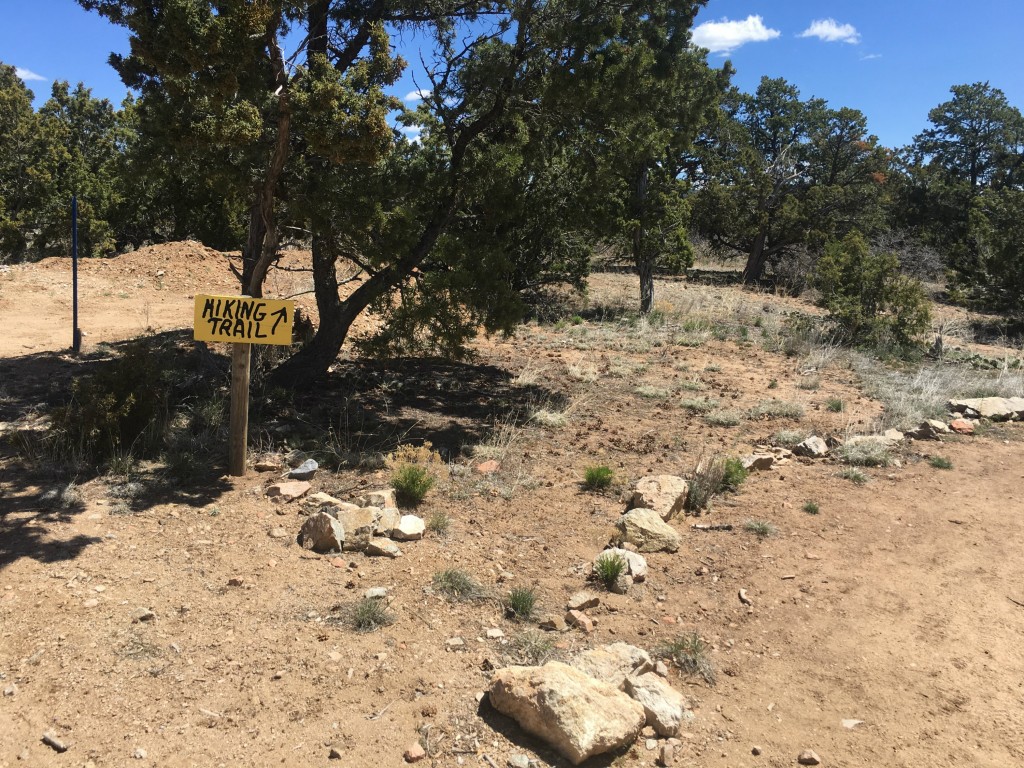
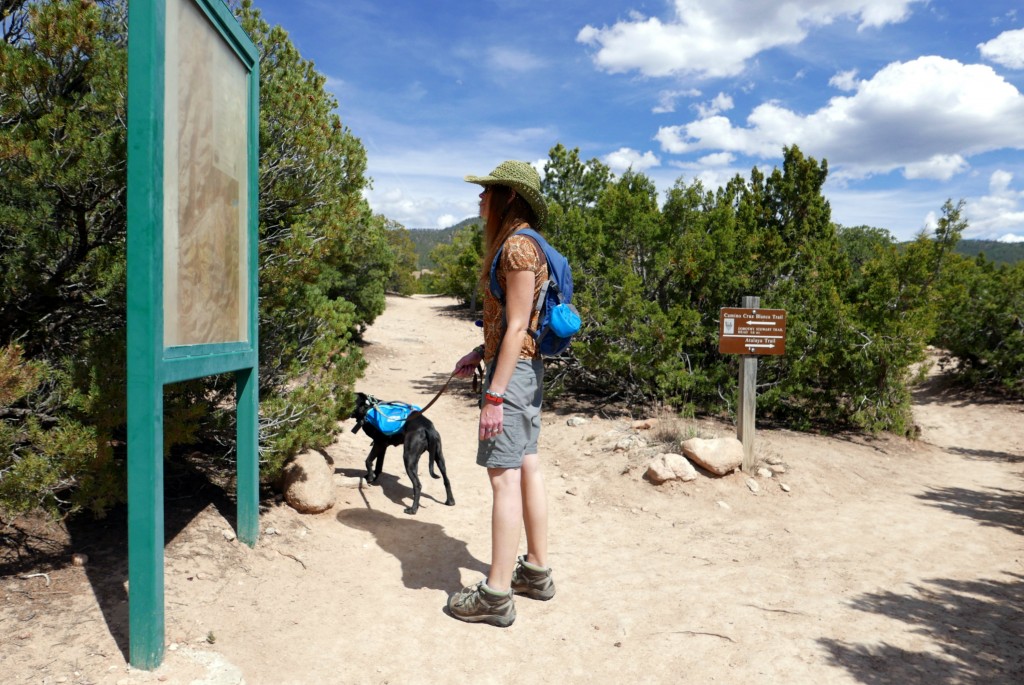 We chose the route that led to Castle Rock, because well, that seems majestic enough right? The route was pretty steep and actually one of the more strenuous ones we’ve done in a while.
We chose the route that led to Castle Rock, because well, that seems majestic enough right? The route was pretty steep and actually one of the more strenuous ones we’ve done in a while.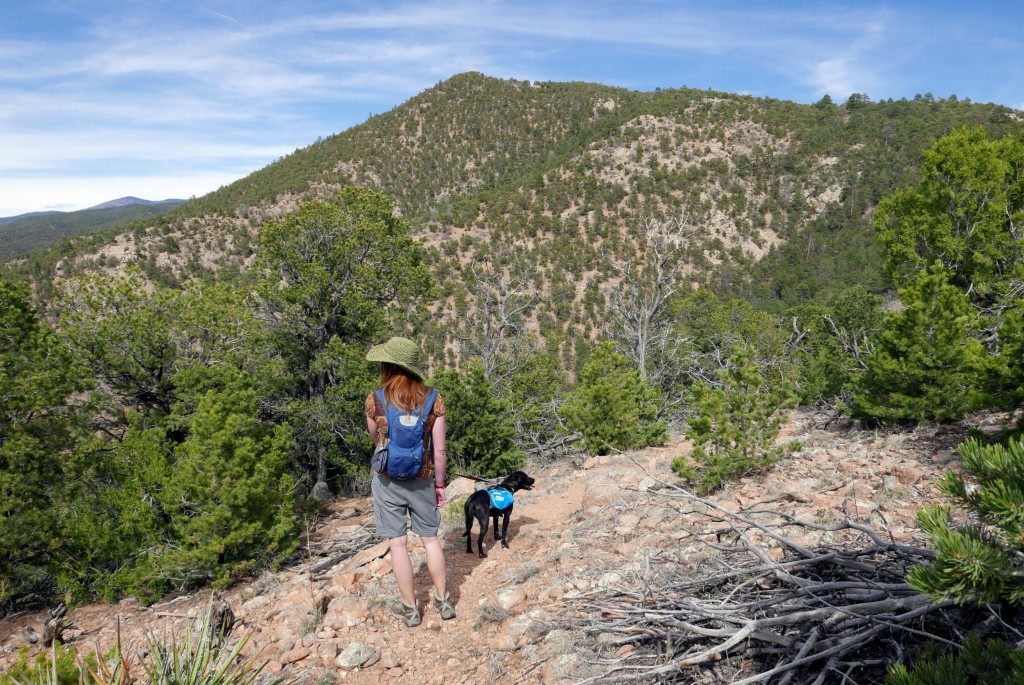 The approach to Castle Rock, which was an impressive exposed rock outcropping, involved scrambling up boulders and teaching Monkey the basics of rock climbing. She has a crazy amount of stamina, a severe lack of patience, and an obsession with all creatures from lizards to squirrels. But despite her little personality quirks, she proved to be a pretty solid rock climber.
The approach to Castle Rock, which was an impressive exposed rock outcropping, involved scrambling up boulders and teaching Monkey the basics of rock climbing. She has a crazy amount of stamina, a severe lack of patience, and an obsession with all creatures from lizards to squirrels. But despite her little personality quirks, she proved to be a pretty solid rock climber.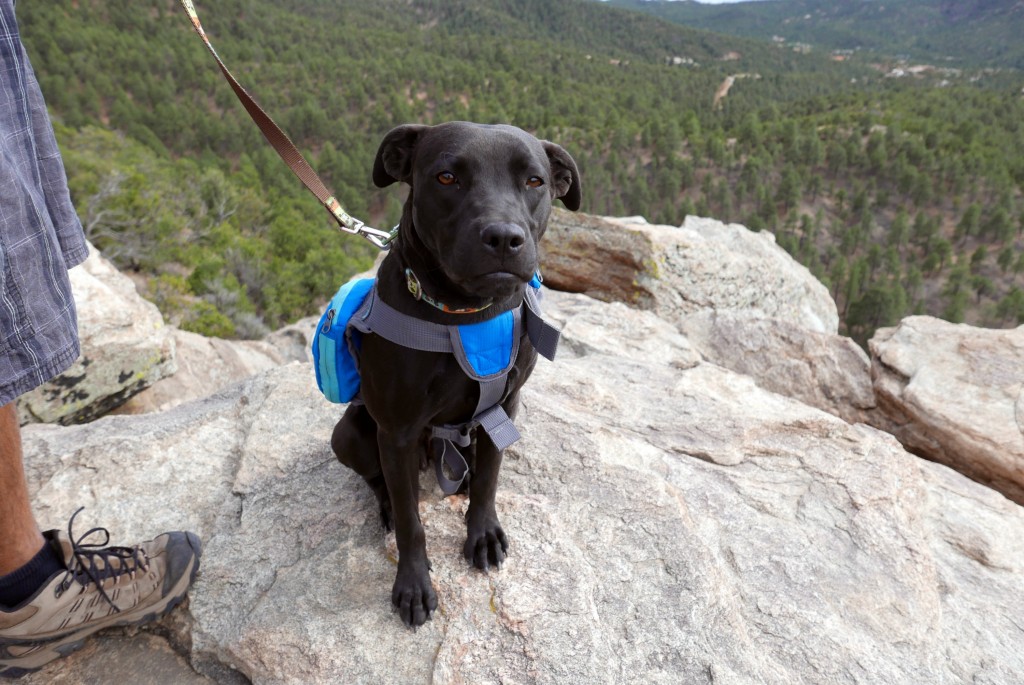
 We nearly made it two miles and then had a work emergency and had to turn back to retrieve laptops from the campground and settle things. These types of emergencies don’t happen often, but when they do, unfortunately hiking has to take a backseat to the day jobs.
We nearly made it two miles and then had a work emergency and had to turn back to retrieve laptops from the campground and settle things. These types of emergencies don’t happen often, but when they do, unfortunately hiking has to take a backseat to the day jobs. This was a pretty rugged hiking area with downed dead trees and few trail markings. The trails were sandy, and my feet sunk in a bit with every step to make that 1.85 miles feel a bit more challenging than it really was.
This was a pretty rugged hiking area with downed dead trees and few trail markings. The trails were sandy, and my feet sunk in a bit with every step to make that 1.85 miles feel a bit more challenging than it really was.
 There are tons of shops around the plaza, most of them out of budget but nice to look at anyway. I love the architecture in Santa Fe, which was surprisingly consistent in the churches, shops, restaurants, and homes in the local neighborhoods.
There are tons of shops around the plaza, most of them out of budget but nice to look at anyway. I love the architecture in Santa Fe, which was surprisingly consistent in the churches, shops, restaurants, and homes in the local neighborhoods.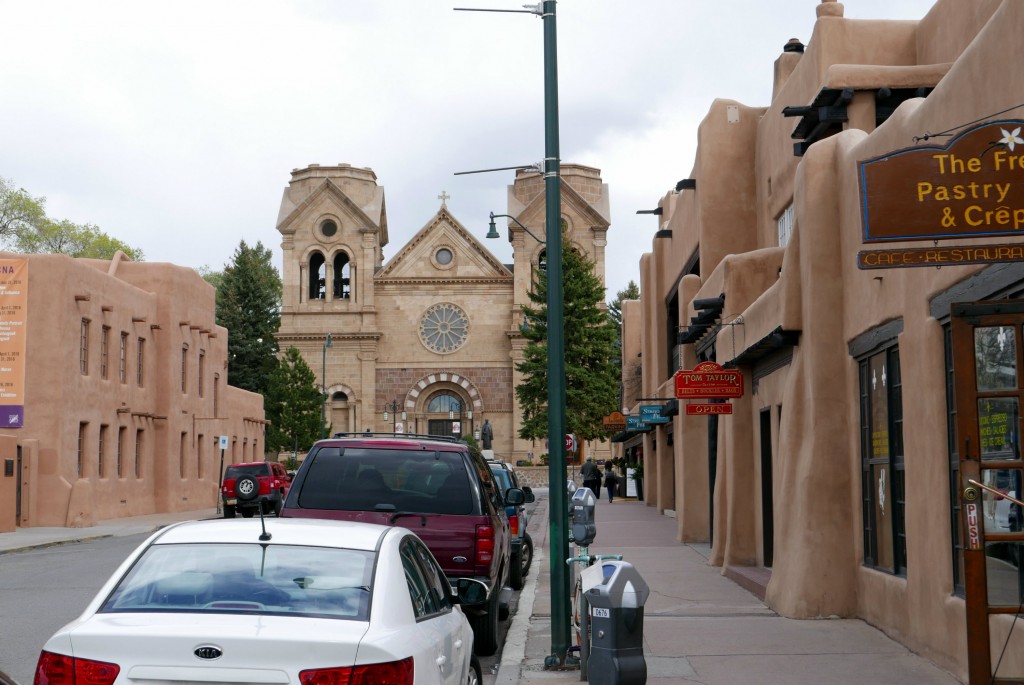 A lot of things appealed to me about the southwest: the laid-back atmosphere, the weather, the outdoorsy-ness, the artsy-ness, the lack of traffic, the abundance of good hair days. However, one thing left me a bit unsettled.
A lot of things appealed to me about the southwest: the laid-back atmosphere, the weather, the outdoorsy-ness, the artsy-ness, the lack of traffic, the abundance of good hair days. However, one thing left me a bit unsettled.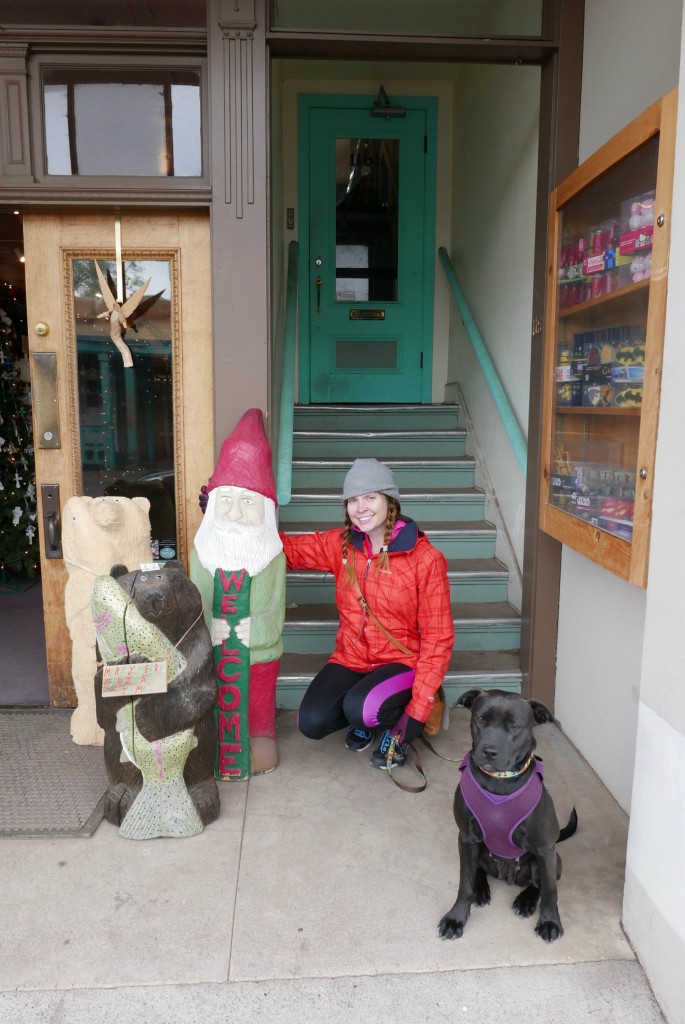
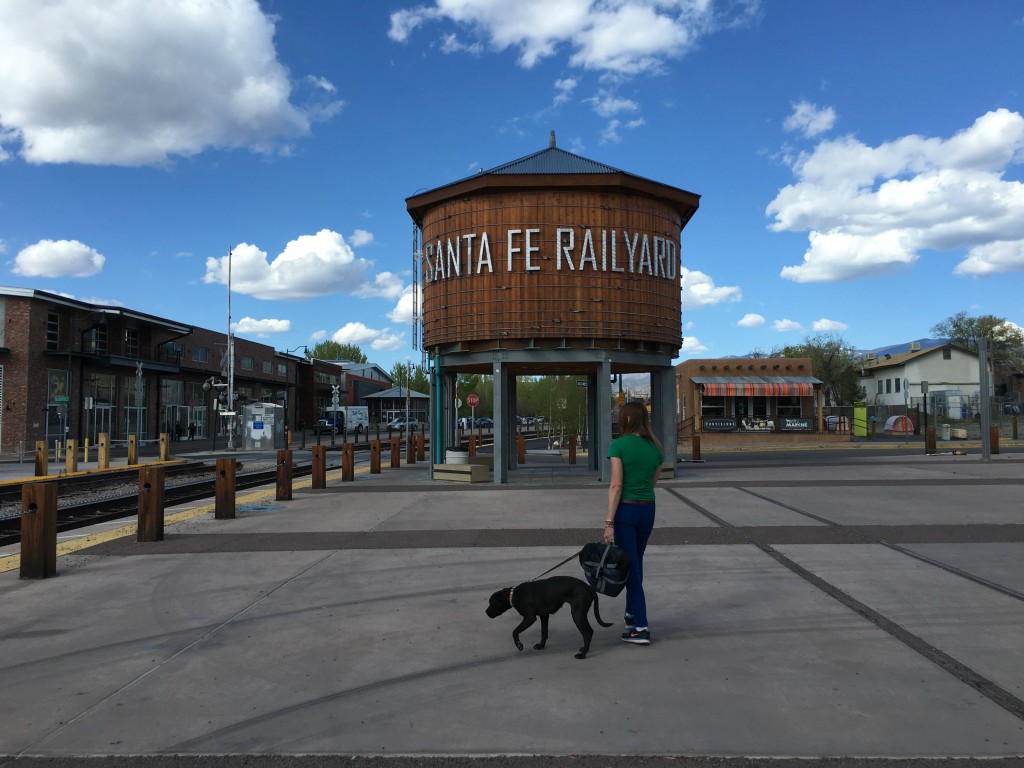 The railyard was declared a blighted area in the late 1980s and started undergoing serious redevelopment. Today this area is home to a popular farmer’s market, arts and cultural organizations, shops, art galleries, and restaurants.
The railyard was declared a blighted area in the late 1980s and started undergoing serious redevelopment. Today this area is home to a popular farmer’s market, arts and cultural organizations, shops, art galleries, and restaurants.
 I definitely enjoyed the displays of miniatures and flamenco culture. Museums are a great place to soak up some solo time, especially if you like looking at certain things more than others or like browsing at your own pace.
I definitely enjoyed the displays of miniatures and flamenco culture. Museums are a great place to soak up some solo time, especially if you like looking at certain things more than others or like browsing at your own pace.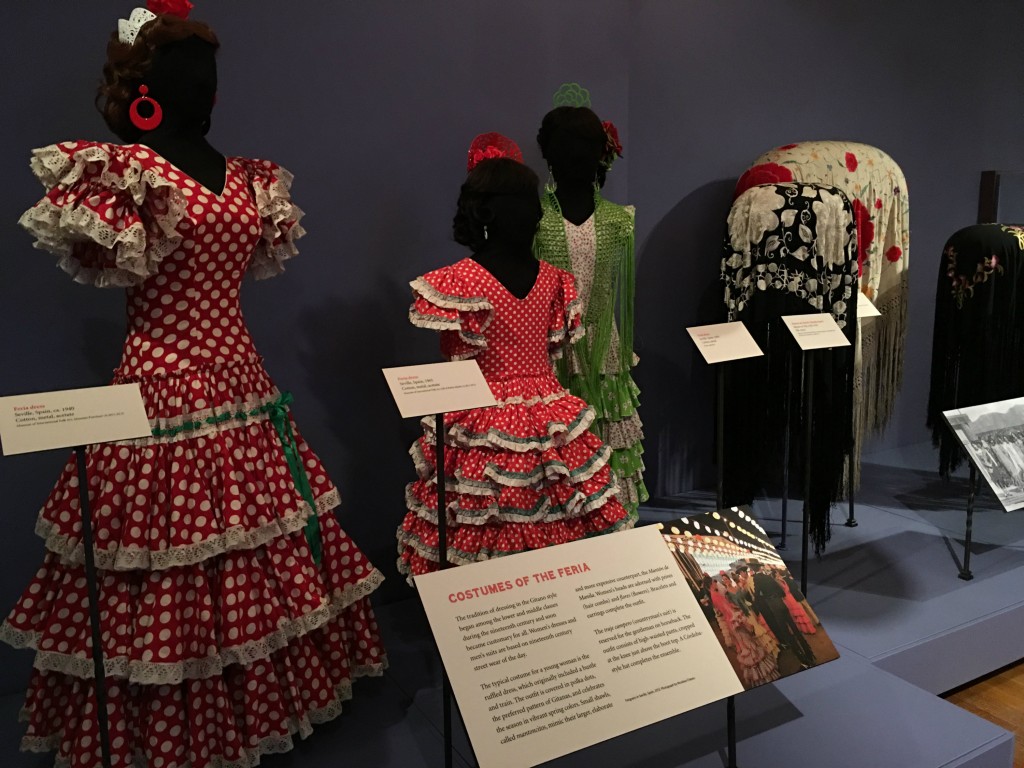 But something unexpected at the museum campus was an extensive set of hiking trails! What started as a crappy day actually turned out to be a pretty nice one. So when my museum turn was over, I took Monkey out behind the museums to do some hiking.
But something unexpected at the museum campus was an extensive set of hiking trails! What started as a crappy day actually turned out to be a pretty nice one. So when my museum turn was over, I took Monkey out behind the museums to do some hiking.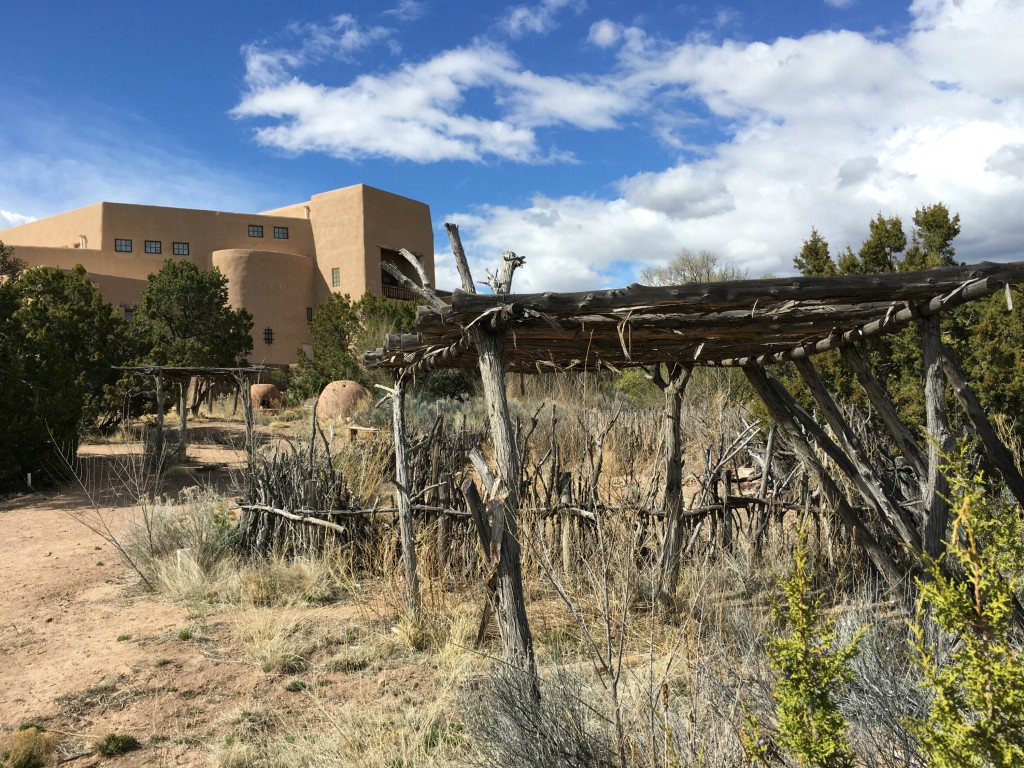 The trails were pretty flat, but winding and not marked. I found it surprisingly easy to get lost (as my directionally challenged self usually does), but eventually found my way back to the Jeep before the storm clouds rolled back in.
The trails were pretty flat, but winding and not marked. I found it surprisingly easy to get lost (as my directionally challenged self usually does), but eventually found my way back to the Jeep before the storm clouds rolled back in.

